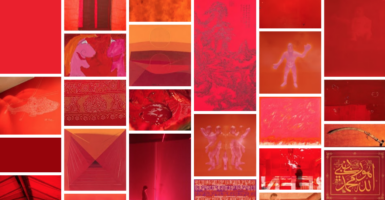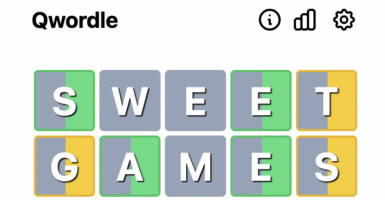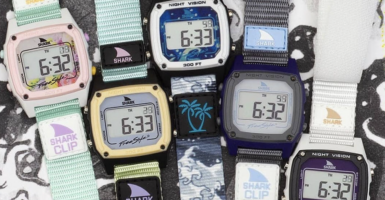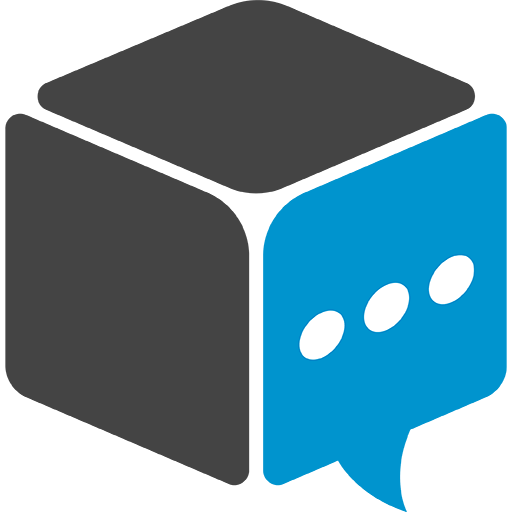1970s Vintage Photos That Take Us Back To A Bygone Era
The ’70s represented different things to different people. For some, it was the exciting dawn of a computerized era, with daring societal trends and new innovation. For others, it was an uncertain time, marked by crises at home and overseas.
Of course, for those who lived through the ’60s, the ’70s may have just been one big hangover. Let’s delve into some vintage photos that will transport us back to a bygone era.
It wasn’t just about disco.

The musical genre most associated with the ’70s is disco, but by the end of the decade, hip-hop was just around the corner.
This was more than just a genre, as graffiti art helped to shape hip-hop culture, particularly in the New York. Fashion in this genre was defined by Kangol hats, Adidas tracksuits, and vivid graphics.
Retail was at a crossroads.
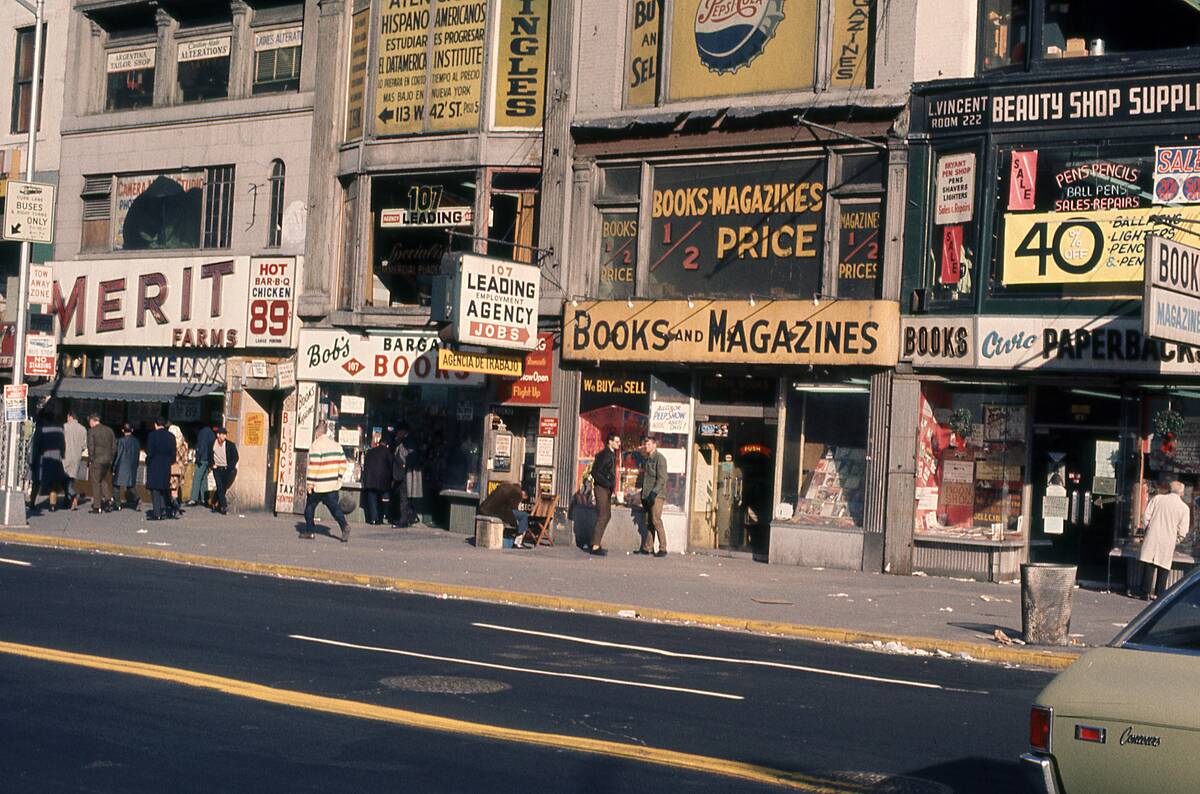
This 1970s street scene in New York shows the diverse range of stores that shoppers had to choose from.
While this street likely didn’t look much different a few decades earlier, it would change dramatically in the years to come. Shopping malls had already established footholds in the suburbs, and would be a growing trend in the following decades.
A Historic Boxing Match Saw A Landmark Innovation
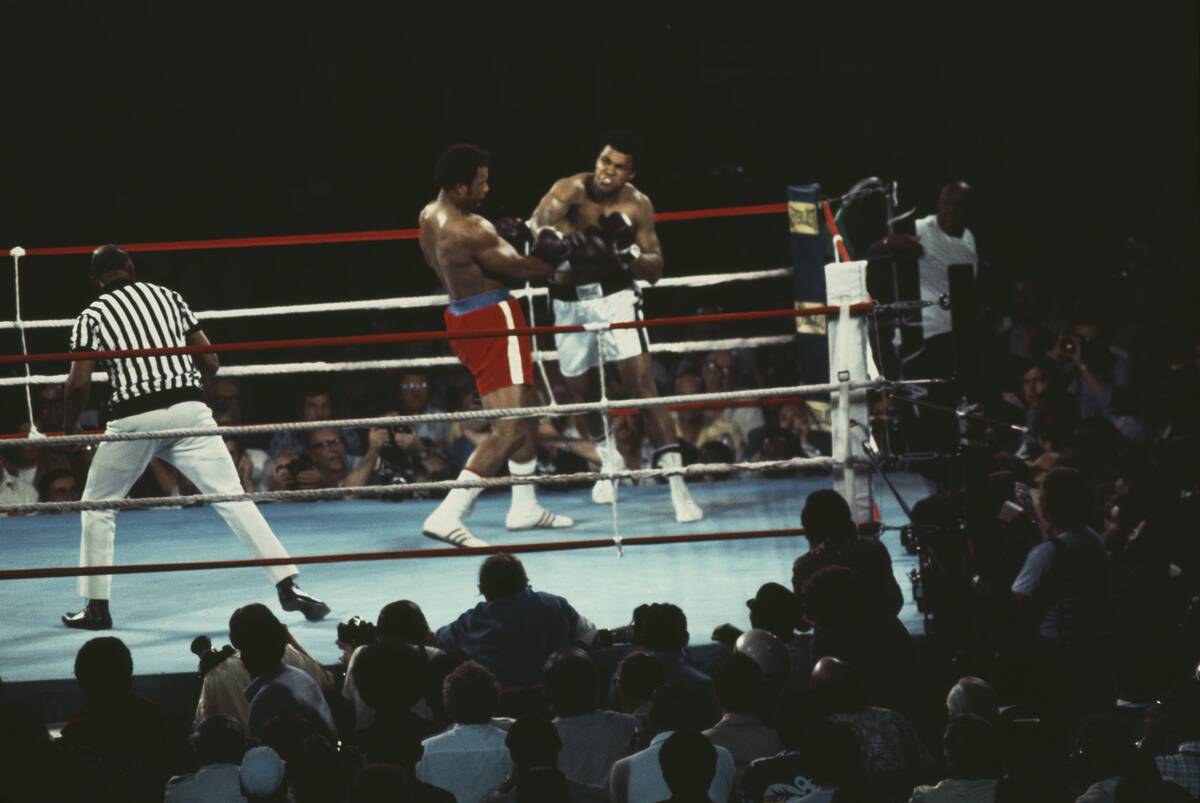
It was hard to think of a more high-profile boxing match than the Rumble In The Jungle, which saw the most prominent boxers of the ’70s — Muhammad Ali and George Foreman — go head-to-head in Kinshasa, Zaire, which is now the capital of the Democratic Republic of the Congo.
This not only marked one of Ali’s last great fights and victories before his retirement, but also saw his ingenious invention of the now-classic “rope-a-dope” strategy that tired Foreman out.
The Energy Crisis Didn’t Just Affect Cars
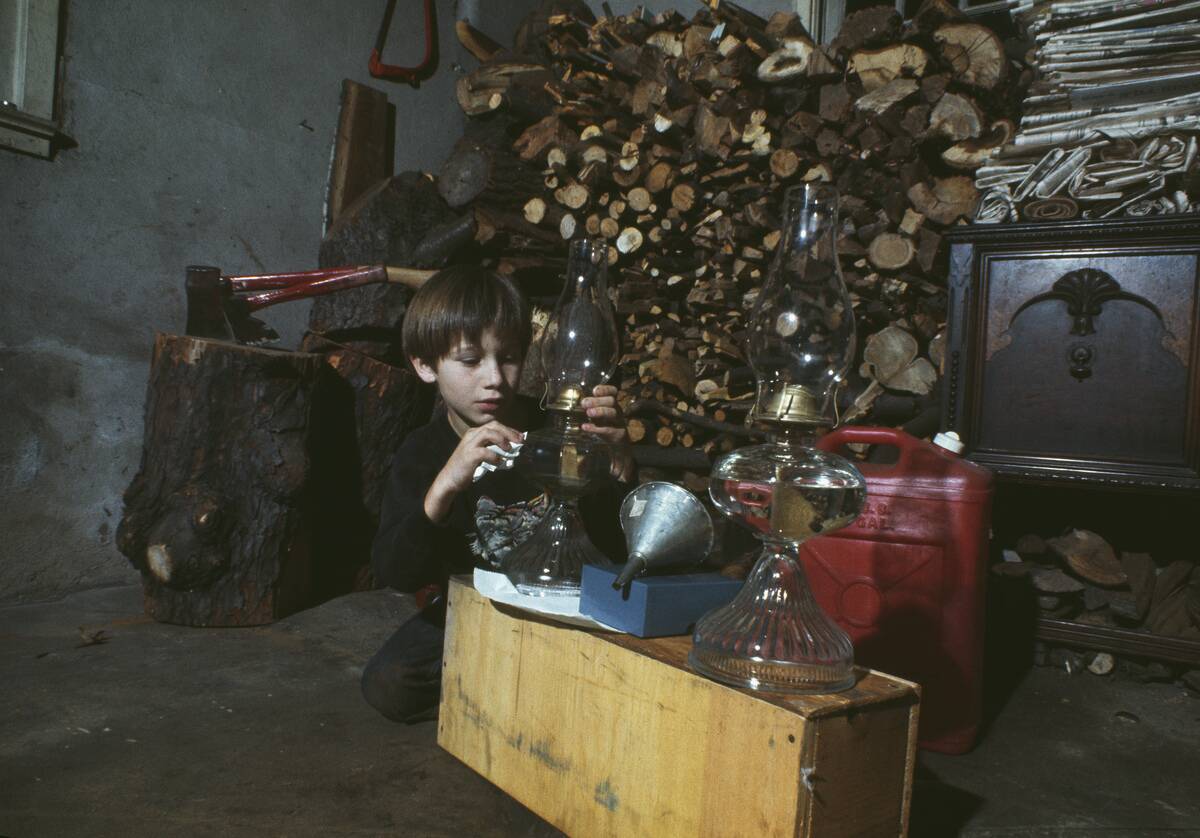
Since OPEC’s aggression that led to America’s oil scarcity throughout the ’70s was most obviously expressed by long lines at gas stations, it’s easy to consider it a gasoline shortage in retrospect. However, this photo is a good reminder that spiking oil prices affected aspects of life other than that.
For instance, this photo from December 3, 1973, depicts a young boy named Jason Landau preparing oil lamps in his parents’ garage. The background is loaded with firewood, which was specifically chopped in response to the emergence of the 1973 energy crisis.
Roller rinks were a social hub.
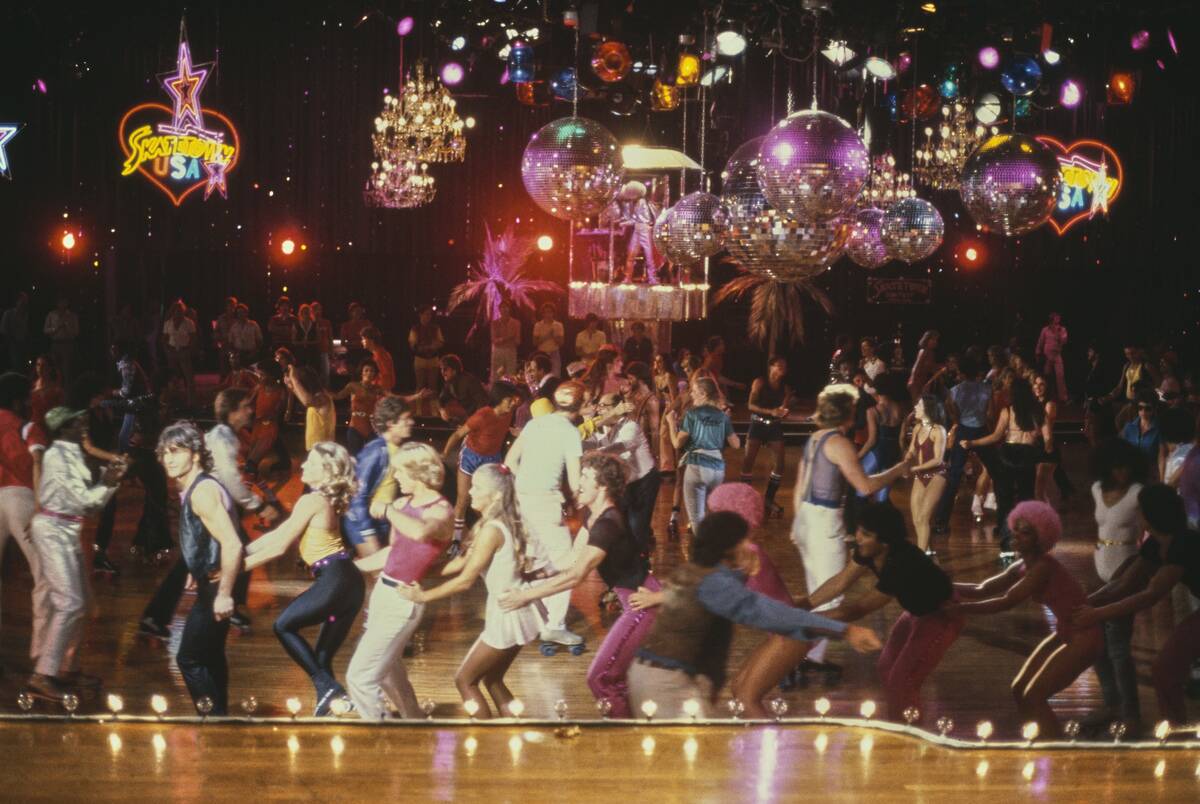
This image showing the filming of the Skatetown, USA television show may show an idealized view of roller rink culture, but it still demonstrates the hold that roller skating had in the zeitgeist.
Rinks became hotspots for teens and young adults alike as they glided across the polished floors of roller rinks, showing off the latest fashions and listening to music on the sound system.
The Hollywood sign had seen better days.
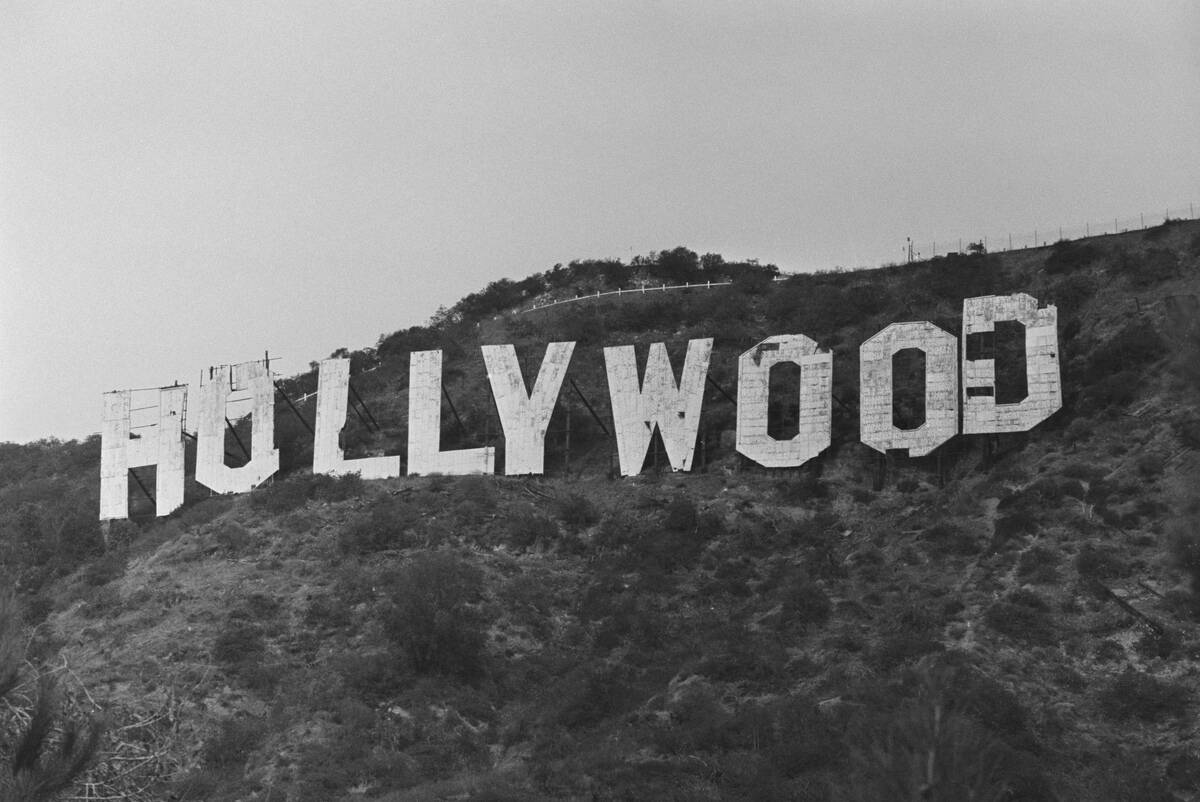
The Hollywood sign (originally the ‘Hollywoodland’ sign) was only ever meant to be temporary, and by the early ’70s, the iconic sign was falling into severe disrepair.
After decades of neglect, a major restoration effort took place in 1978, with celebrities from Hugh Hefner to Alice Cooper sponsoring individual letters to be restored and rebuilt.
This Was Practically The Rock And Roll Uniform
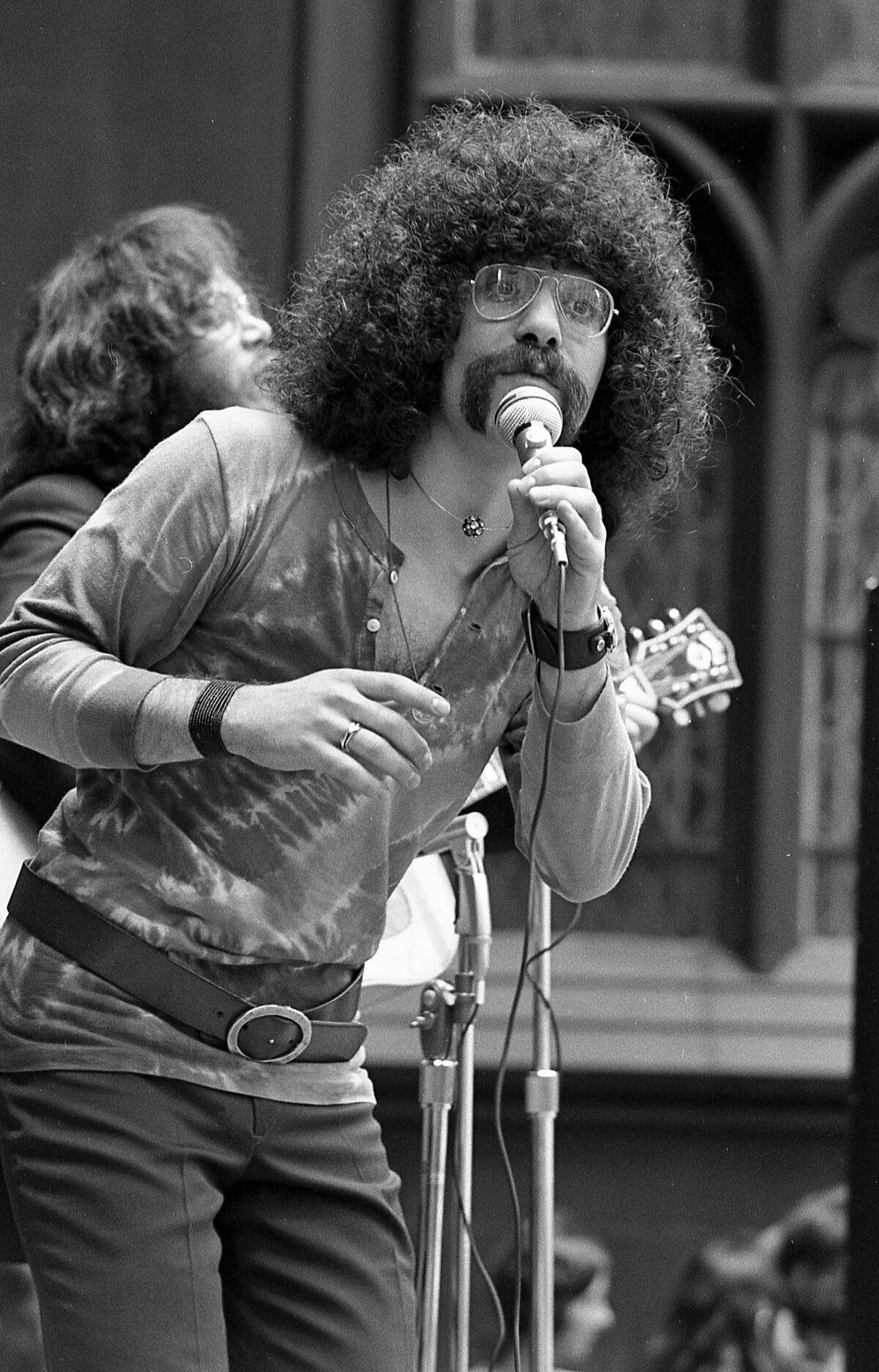
Although the practice of counter-cultural figures growing their hair out was a hallmark of the ’60s, it’s also true that a lot of that decade’s aesthetic choices had a way of bleeding into the ’70s. Indeed, it’s harder to a find a more emblematic figure of ’70s rock than this man.
Who is he? It’s unclear, but it’s also true that any rock band formed during the ’70s had at least one member who rocked an impressive afro and mustache like he did. Hair was not only still in by the ’70s, but the more of it you had on your body, the better.
Street Fashions Were Vastly Different In The ’70s
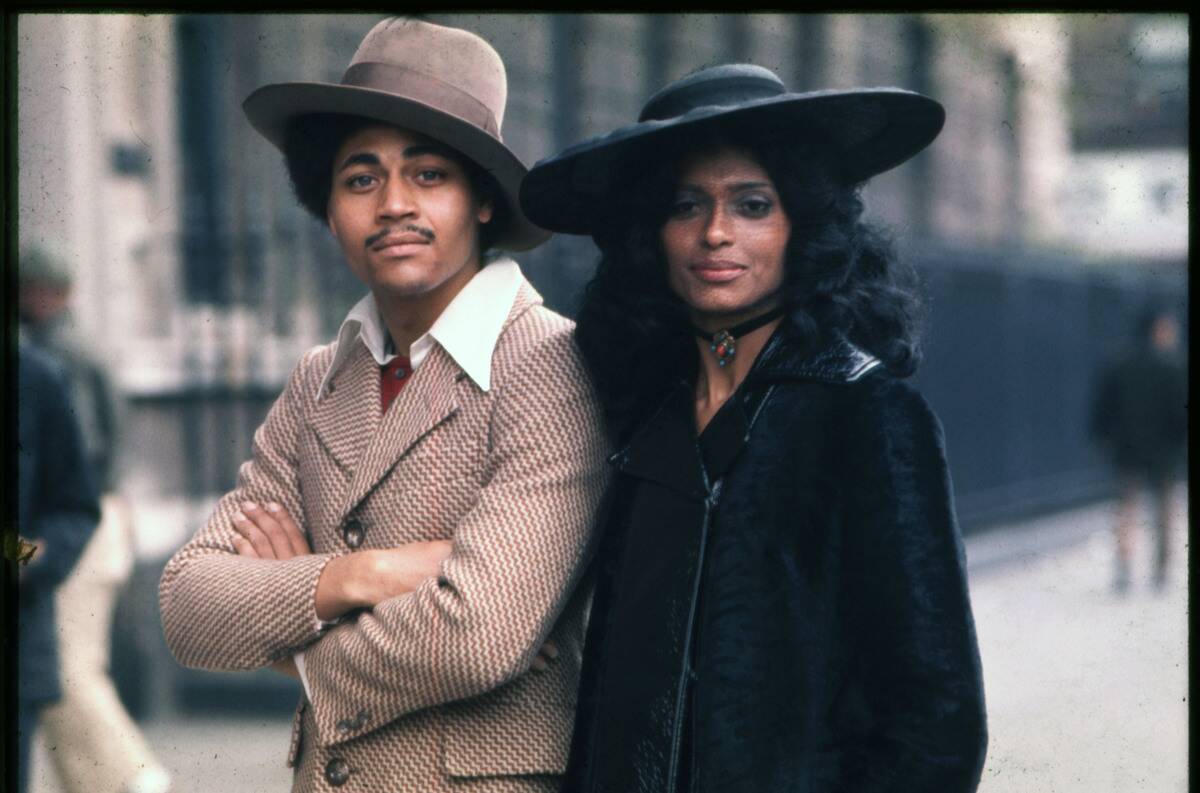
While it’s true that the ’60s did a lot to make street fashion much more casual, that doesn’t mean that everyone was walking the streets in jeans and a T-shirt. Even in rougher areas like Harlem, street fashion among the truly stylish tended to take a lot more effort.
That’s where this couple was photographed, and judging by the tilt of their hats and the sharpness of their coordinated outfits, it was harder to look cooler at the time than they did here.
New York’s subways were gritty.

The gritty, dystopian version of New York seen in films like The Warriors wasn’t necessarily too far off from reality. New York City’s subway system was covered in graffiti and carried an air of danger and lawlessness.
Despite this, it remained essential for millions of commuters — and even though most of the graffiti was eventually removed, this art style became iconic in its own right.
Mass media continued to grow.
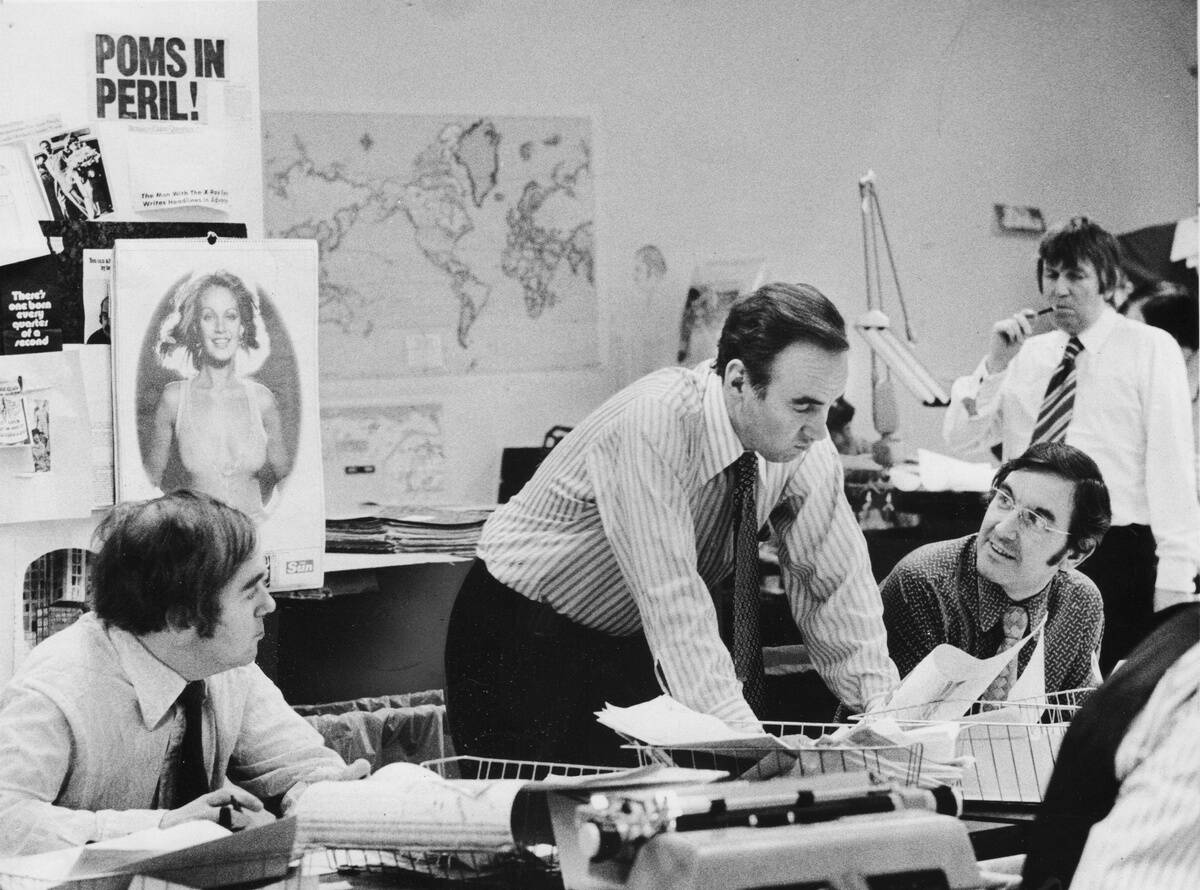
This image showing a young Rupert Murdoch in a newsroom gives a glimpse of the early days of a media mogul.
Murdoch acquired the New York Post in 1970 and reshaped it in his image, making it a salacious tabloid similar to Australia’s Daily Telegraph and Britain’s The Sun.
Rolling Stone was going strong.

Jann Wenner, co-founder and longtime editor of Rolling Stone magazine, looks like he’s on top of the world in this 1979 photo — and that isn’t too far off, as the magazine was a cultural force throughout the late ’60s and ’70s.
Thanks in large part to Wenner’s oversight, the magazine quickly became a cultural touchstone that covered not just the music world, but also politics and pop culture as a whole.
Dating was still done in-person.
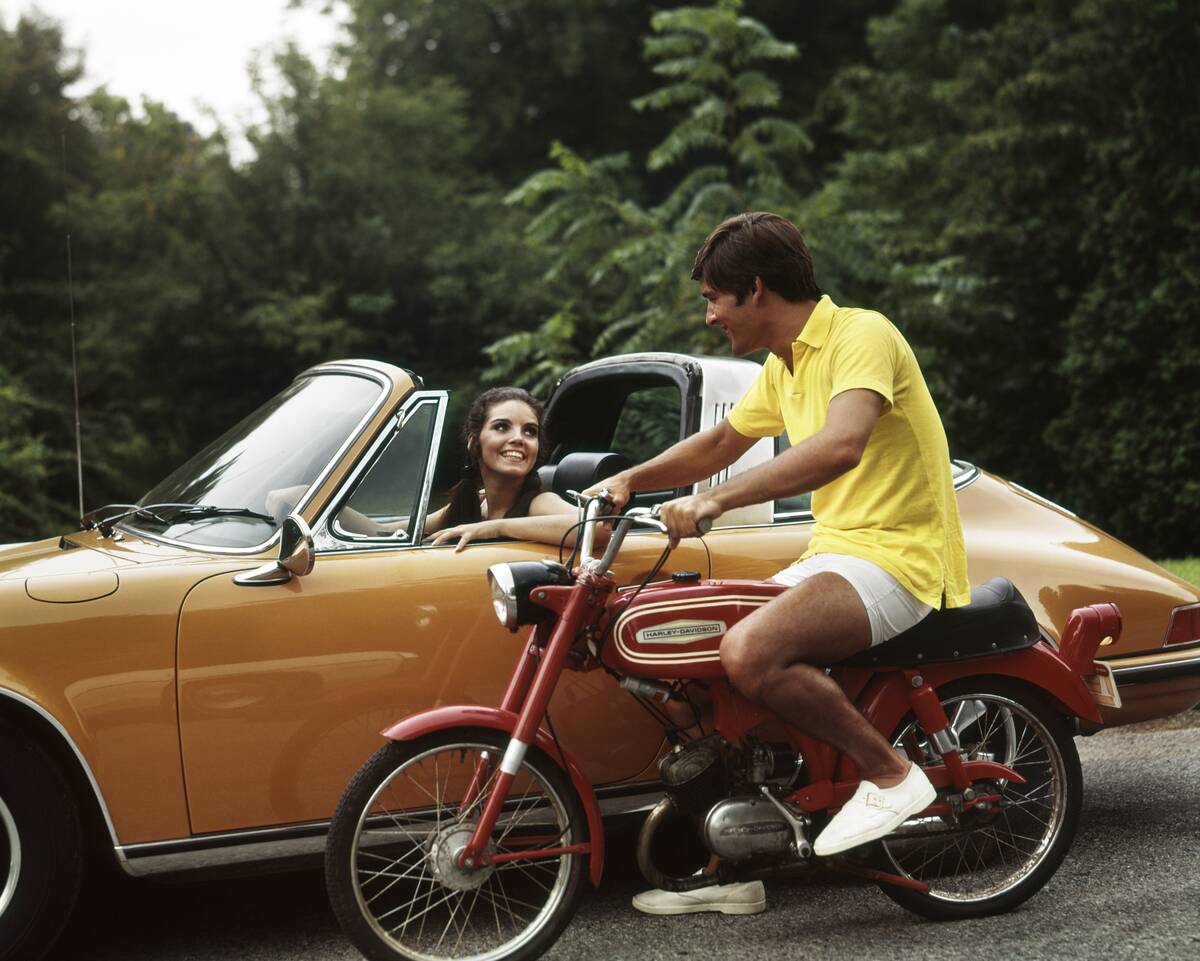
It’s hard to imagine that this guy on a humble Harley-Davidson moped could have a shot with a woman driving an expensive Porsche, but he’s giving it the old college try.
Internet dating was still far in the future, but the dating scene had changed by the ’70s, with traditional courtship rituals giving way to more casual methods of meeting other singles.
This Looked Like The Best Time To Visit This Hotel

This is an idyllic view of the pool are at the Tropic Hotel in Palm Springs, California, during a carefree moment in the summer of 1974. While one can find similar experiences in Palm Springs now as well, there’s something so warm and inviting about how it looked back then.
Whether that’s due to the more temperate climates of the time or the relative lack of crowds compared to what you’re likely to see today, this just looks like it made for a better experience 50 years ago.
A View That Will Forever Be Frozen In Time
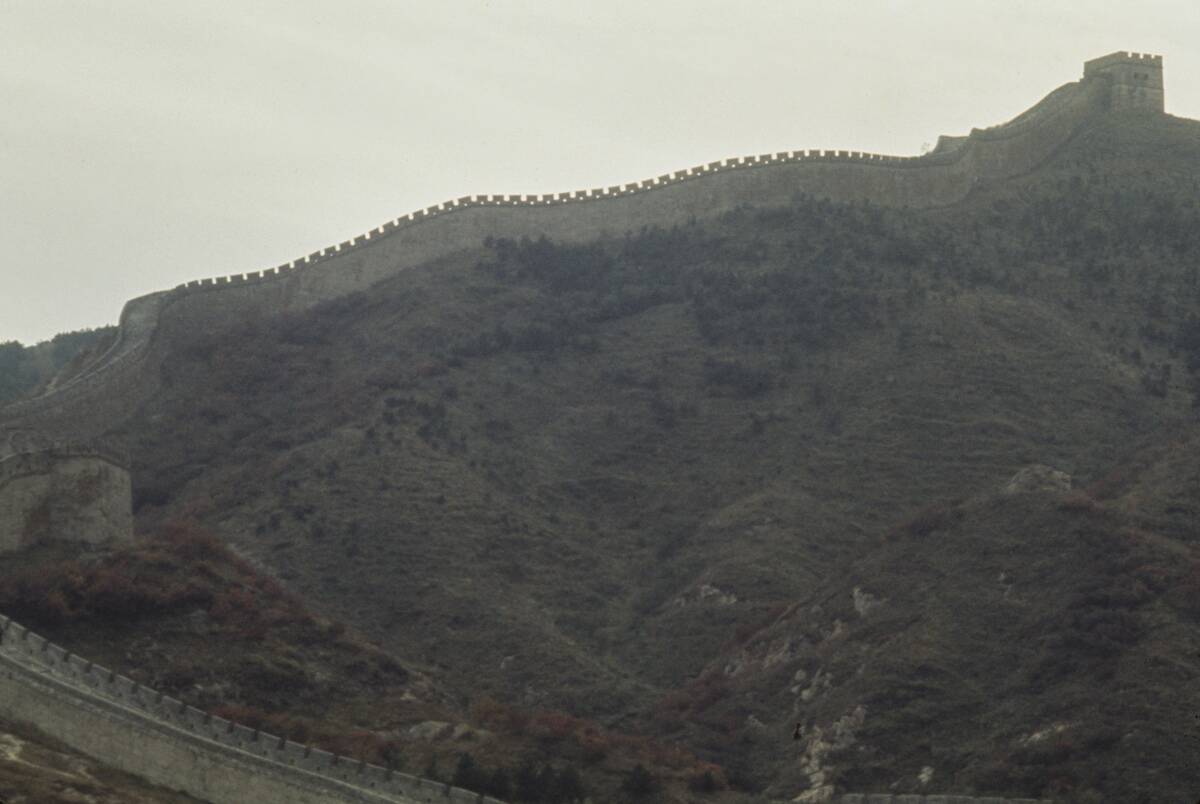
Since the Great Wall of China encompasses about 13,171 miles, there’s no way that even one of the world’s largest governments could hope to maintain its expanse. So while some sections of the wall remain carefully renovated, other sections of the wall have been left to their own devices.
This means that this section of the wall photographed in 1972 may never look the way it did at the time again. Unless this is one of the lucky sections the Chinese government keeps watch over, it’s likely that the structure in this photo has since been affected by the same erosion that has made about 1,219 miles of the wall vanish over the years.
Everyone felt the gas crisis.
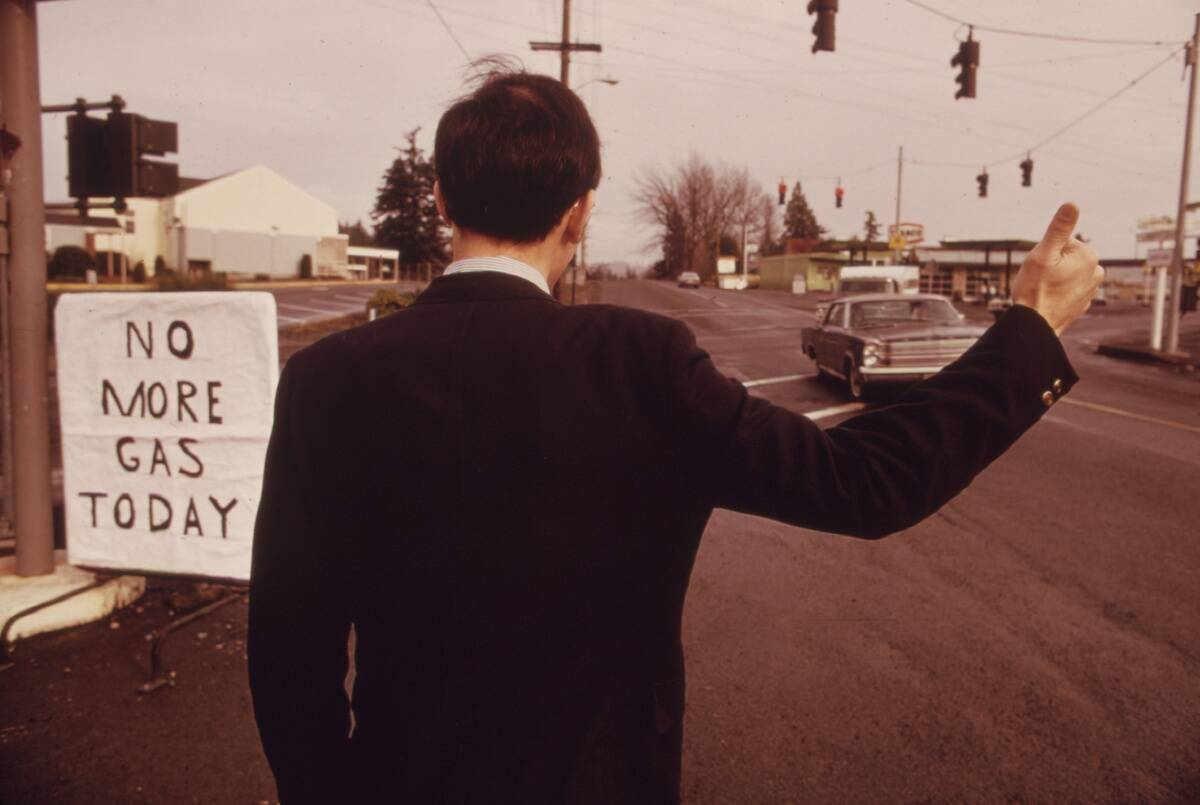
A series of oil and gas crises throughout the decade meant pain at the pumps for Americans, to the point that it reshaped driving habits.
Gasoline rationing, speed limit reductions, and newer, more fuel-efficient cars all became necessary as the decade wore on.
The computer revolution was just beginning.
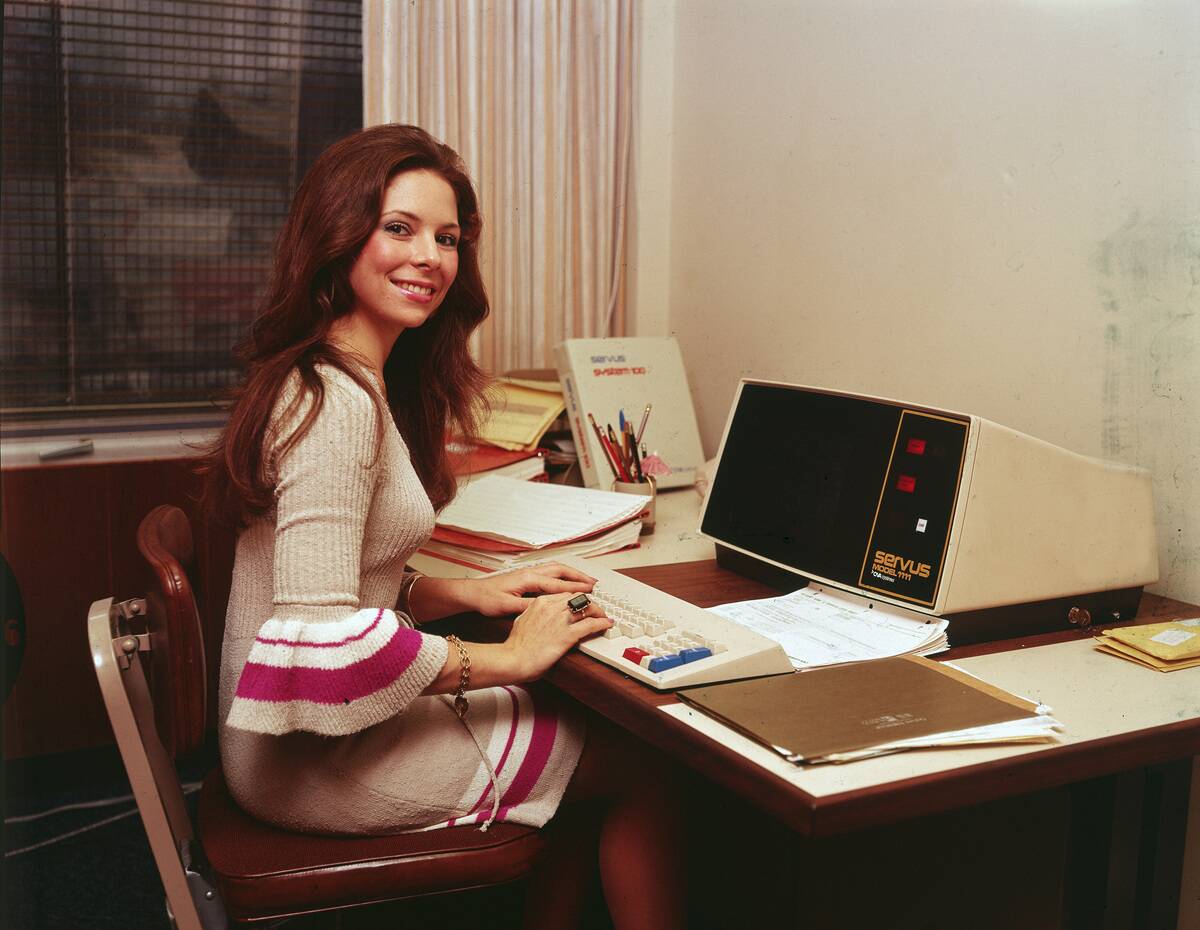
The ’80s were utterly transformed by the rise of the personal computer in homes and offices, and the first stirrings of this massive change could be seen by the late ’70s.
Older office accessories like typewriters, filing cabinets, and rotary phones still dominated the office landscape for most of the decade, but some workplaces had started to make the switch to computers.
SoCal was a skateboarder’s paradise.
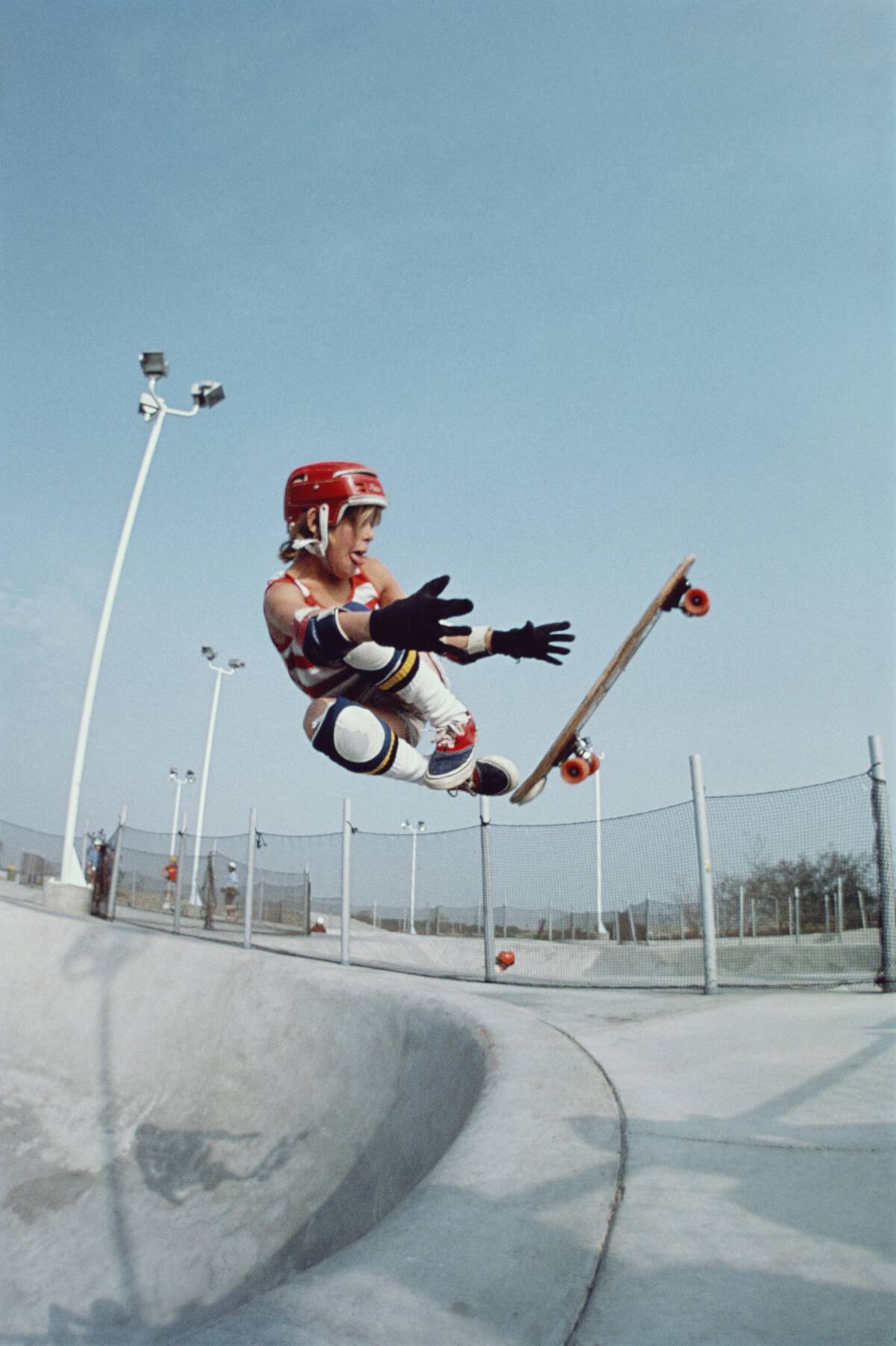
Skateboarding had been around for years by the ’70s, but the sport experienced a surge in popularity during the decade, shifting from a fringe activity to an increasingly mainstream subculture.
Iconic skaters like Stacy Peralta emerged from Southern California’s skate scene, inventing the concept of modern skate parks along the way.
There was time for play.
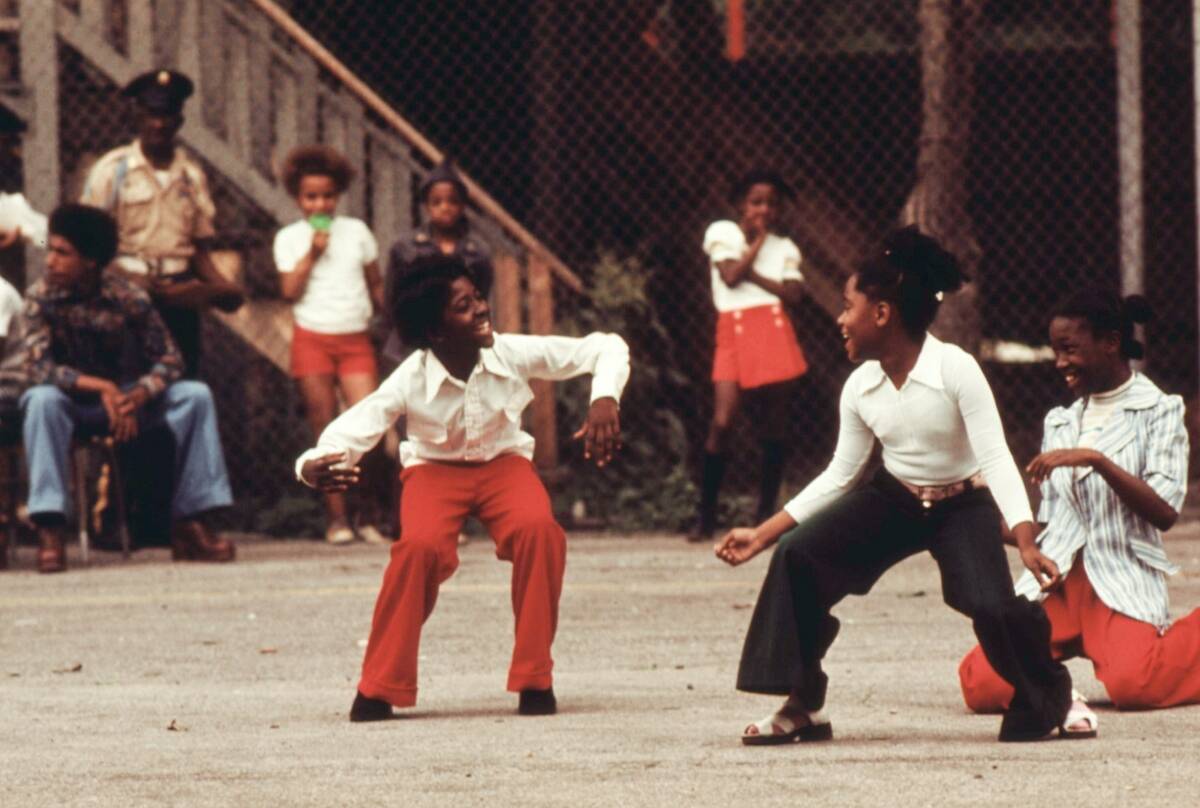
This image showing a carefree moment in Chicago shows the community mindset that was prevalent in urban centers during the era.
While urban blight became an increasing concern as the American economy suffered, these densely-populated urban centers remained a place to live and play.
Boston was buried in snow in 1978.
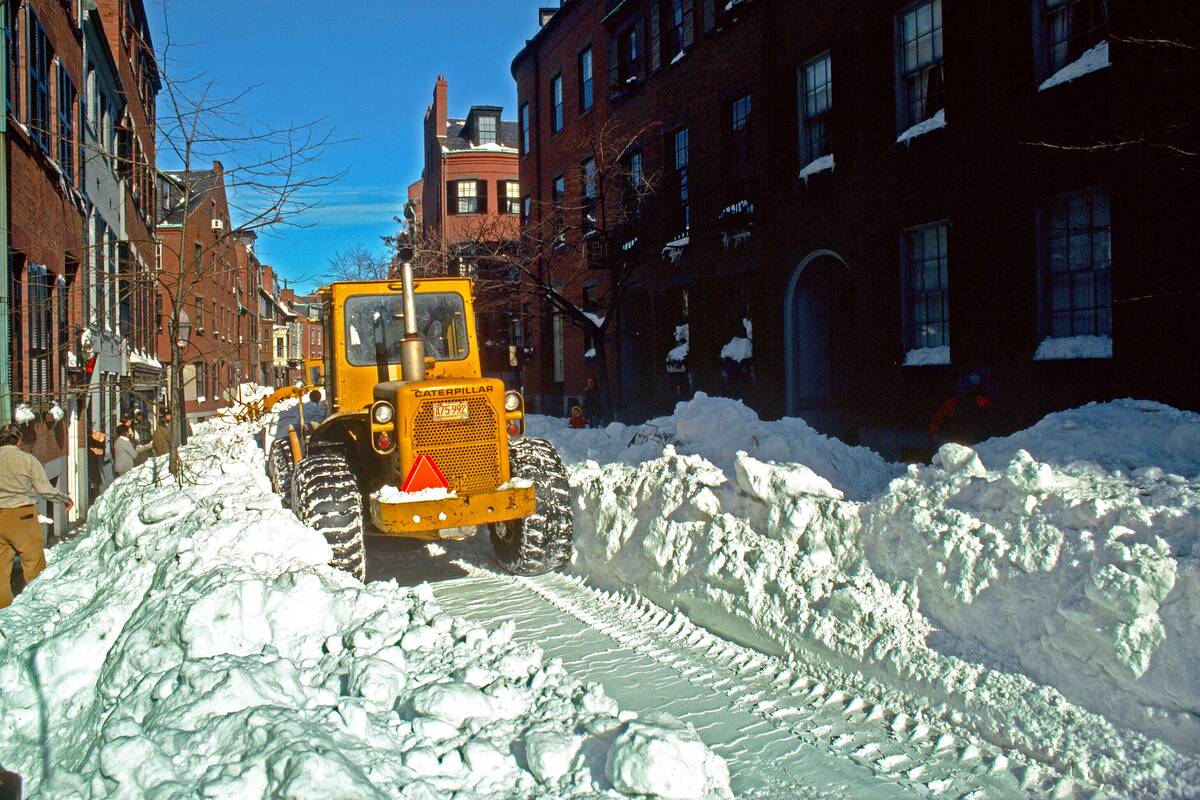
A blizzard hit New England on February 6 and 7 of 1978, dumping more than two feet of snow on Boston and in turn paralyzing the city for days.
Compounding the issue was the face that hurricane-force winds and a high tide led to devastating coastal flooding, which caused thousands of cars to be stranded on highways throughout the region.
There was a rise in environmental awareness.
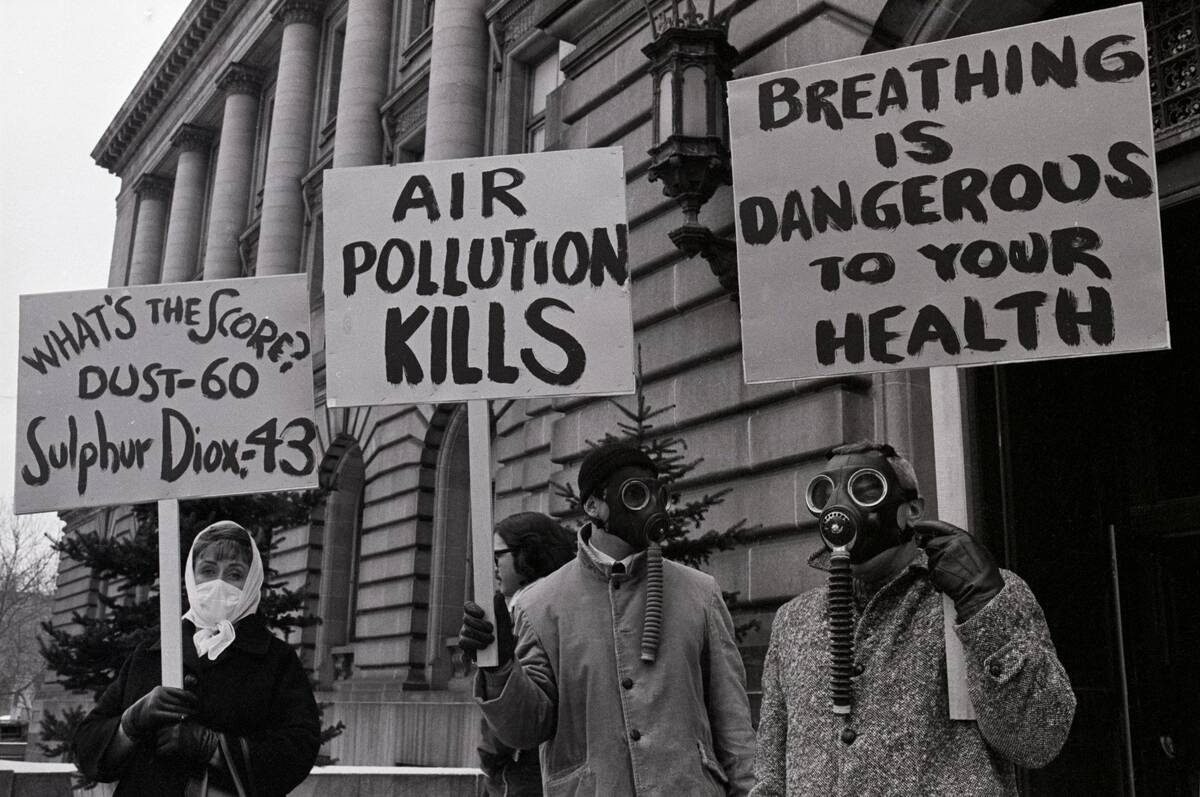
The social movements of the ’50s and ’60s carried over into the ’70s, and environmental awareness became a major theme.
Growing concerns about pollution and its effect on public health helped to create the first Earth Day in 1970, while the Clean Air Act (also in 1970) and 1972’s Clean Water Act helped guide public policy.
A Beach with A Surprisingly Long History
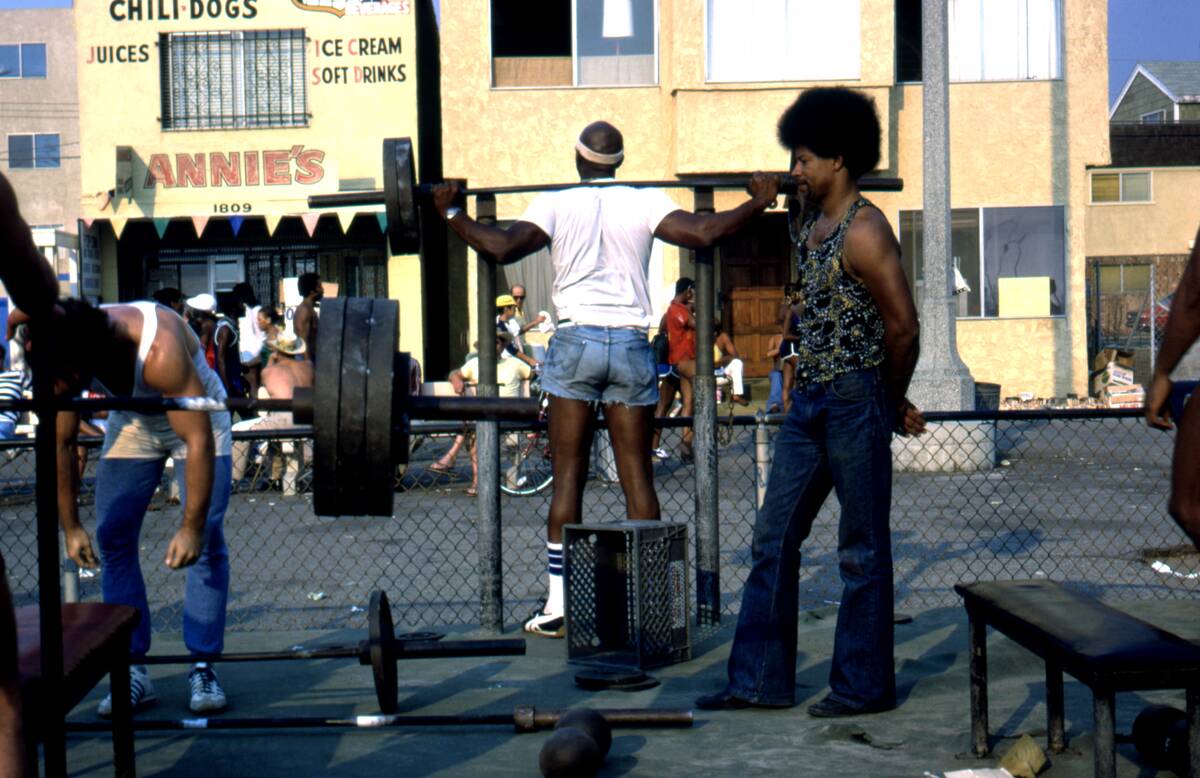
This spot in Santa Monica, California, is historically known as Muscle Beach, and in this shot from 1979, it can be seen living up to its name. Originally planned to promote fitness equipment in 1934, this historic enclosure is considered the birthplace of modern bodybuilding culture.
That legacy had long been established by the time of this photo, but it was nonetheless taken about a decade before Santa Monica officially designated the beach and finally recognized its cultural significance.
A Sweet Scene In The City

Although this warm display of friendship could conceivably develop in any major city in 1975, this photo specifically comes from downtown Mount Clemens, Michigan. At the time, it seems all this group of affectionate children needed to entertain themselves was a shopping cart and each other.
It’s hard to compete with the imaginative capabilities of a child, but it’s even harder not to wonder what adventures they were having before this photographer showed up. It also feels like a moment everyone involved would look back on fondly.
McDonald’s was on the rise.
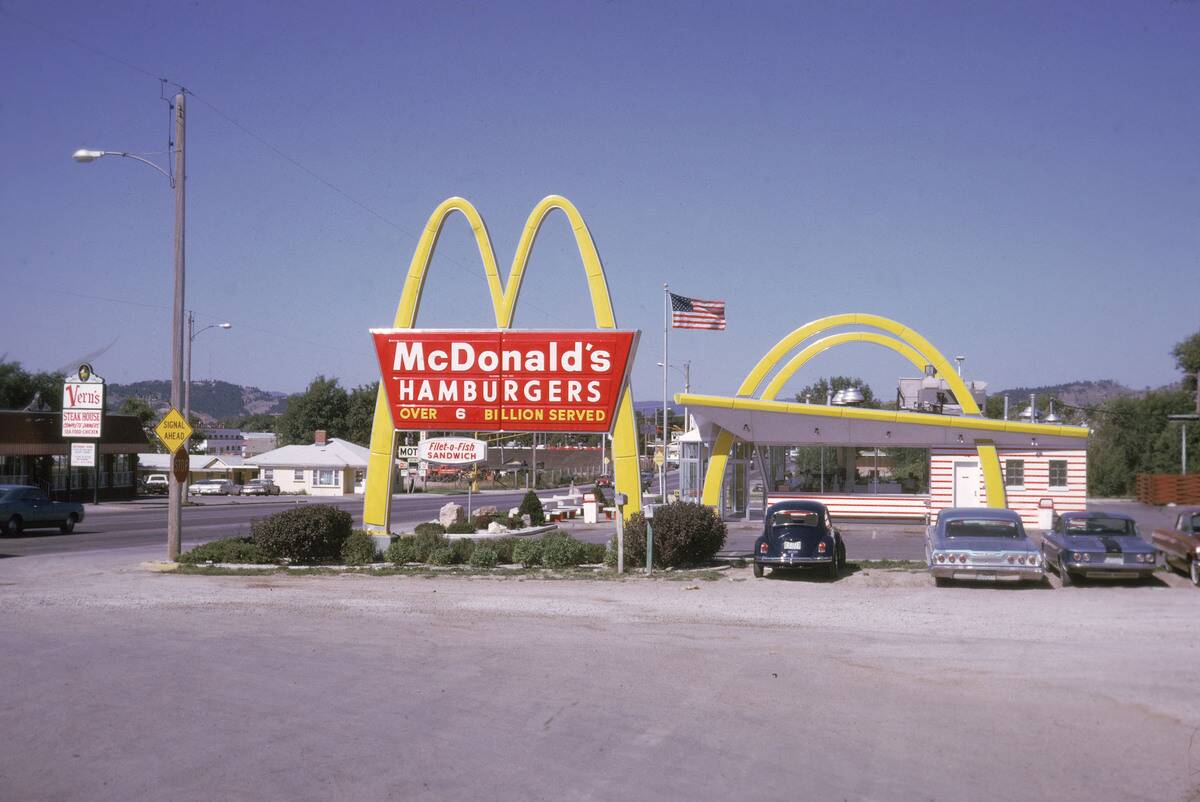
McDonald’s became a ubiquitous sight in the 1970s, as the fast food empire rapidly expanded across the United States and the world.
The appeal of McDonald’s was obvious: In an era where many families struggled to put food on the table, McDonald’s offered a consistent, affordable menu.
It became an iconic teenage job.
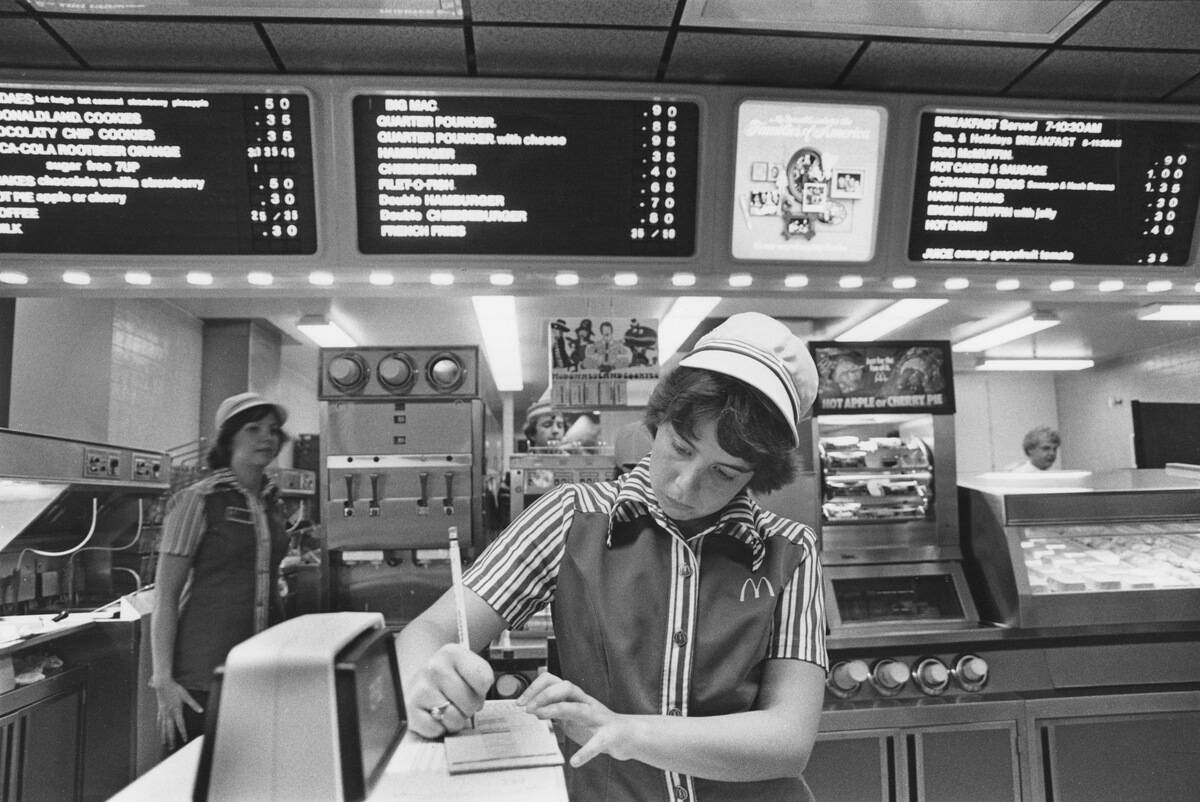
The more things change, the more they stay the same — and this pic of a teenager in the 1970s, working at McDonald’s in what’s likely their first job, just proves this.
Of course, the biggest change between this vintage photo and the present day can be seen in the menu prices.
Plains, Georgia had something to celebrate.

The dusty rural town of Plains Georgia, was in a celebratory mood when this picture was taken in August of 1977 — and the reason why can be seen on a large banner that proclaims Jimmy Carter as president.
Carter, the 39th President of the United States, called Plains home, with the Carter family taking part in the region’s agricultural tradition.
Office work was in a transitional period.
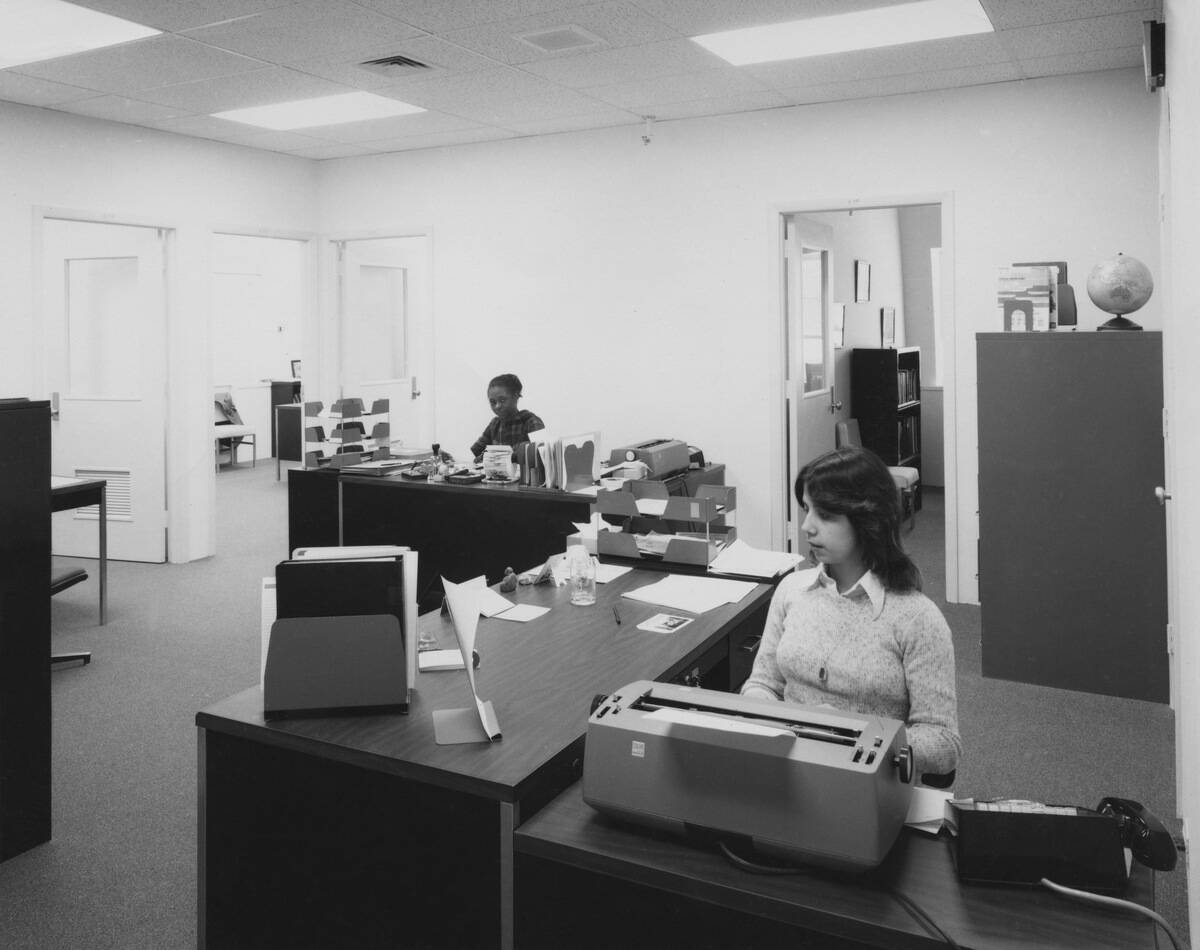
For offices that hadn’t committed to full-blown computers, subtle signs of technological transformation were still visible everywhere.
Machines like electric typewriters and photocopiers made office work faster and more efficient in a decade that laid the groundwork for the automation that would follow.
Bright colors dominated popular fashion.
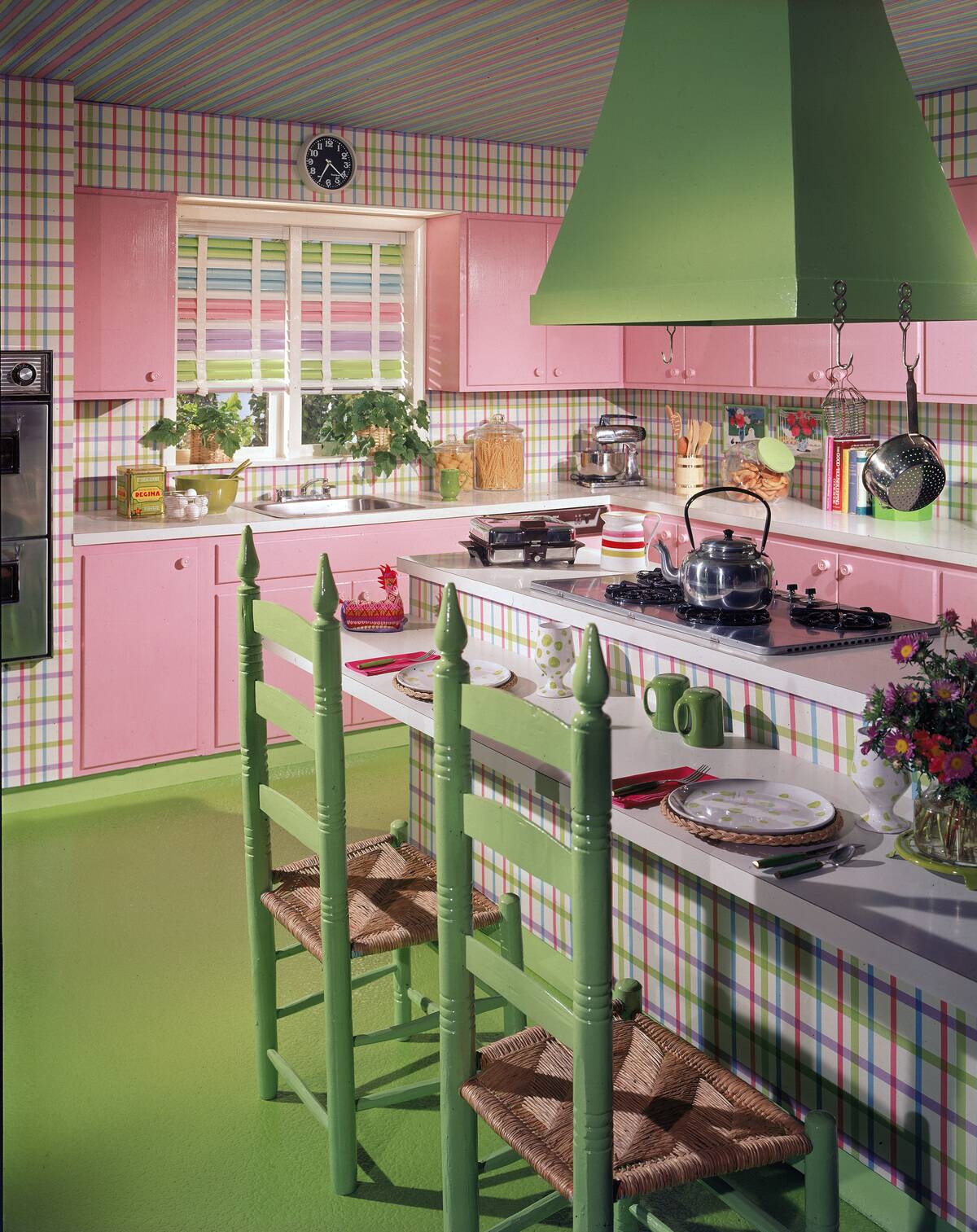
This image of a 1970s kitchen shows everything that the decade was about from a visual standpoint: Bold colors, funky patterns, and new materials.
Avocado green was one of the more popular colors of the decade, while kitchen appliances were often available in colors like mustard yellow and burnt orange.
New York’s street scene has always been vibrant.
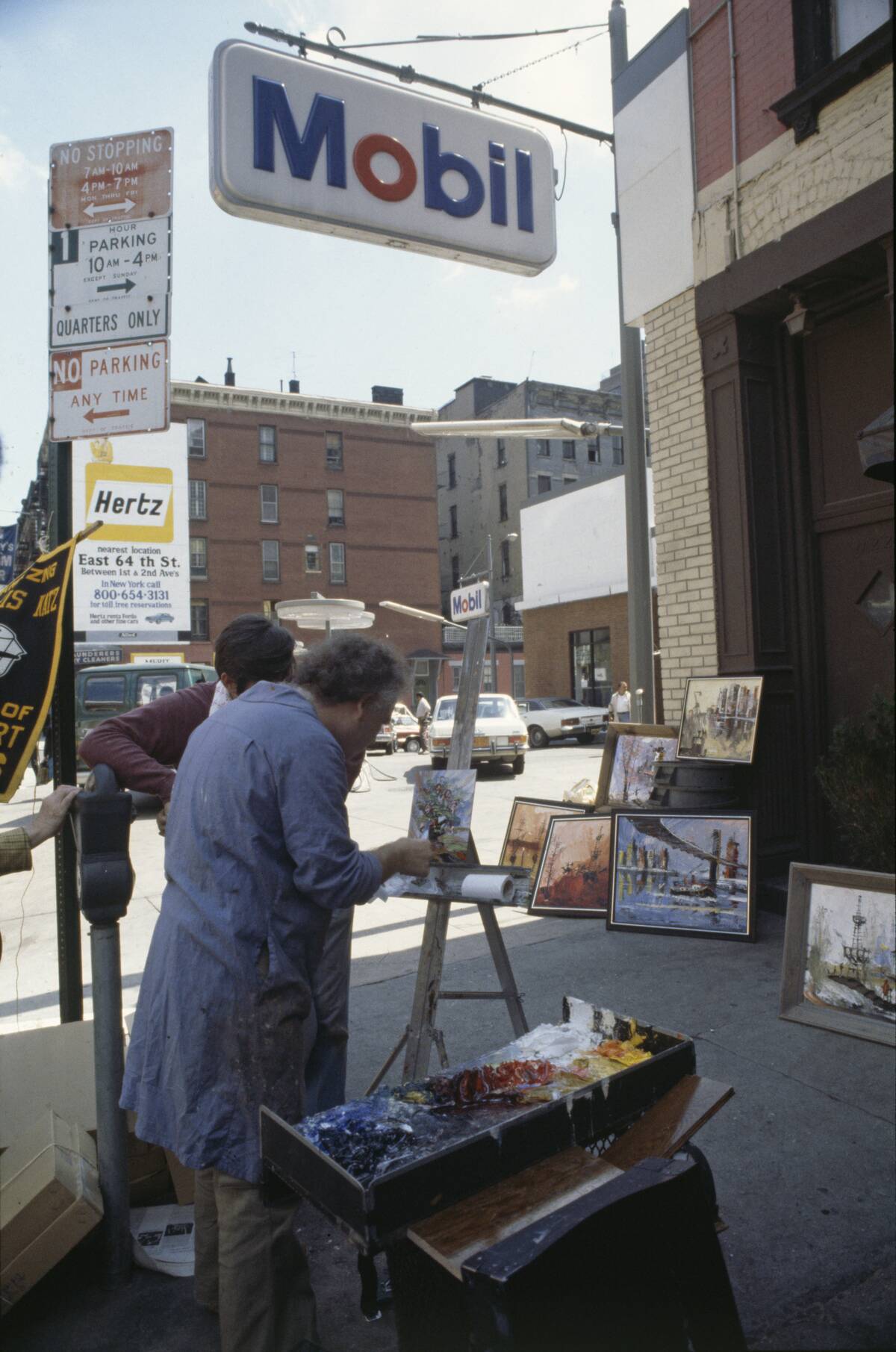
A stroll around New York’s five boroughs will reveal some interesting sights, whatever the decade, and it’s not uncommon to see artists selling their wares or offering their services.
This image, snapped in 1979, shows artist Morris Katz, who was known for his fast work. Katz could create 50 oil images in around two hours, apparently all using a palette knife and toilet tissue.
Punk culture was on the rise.
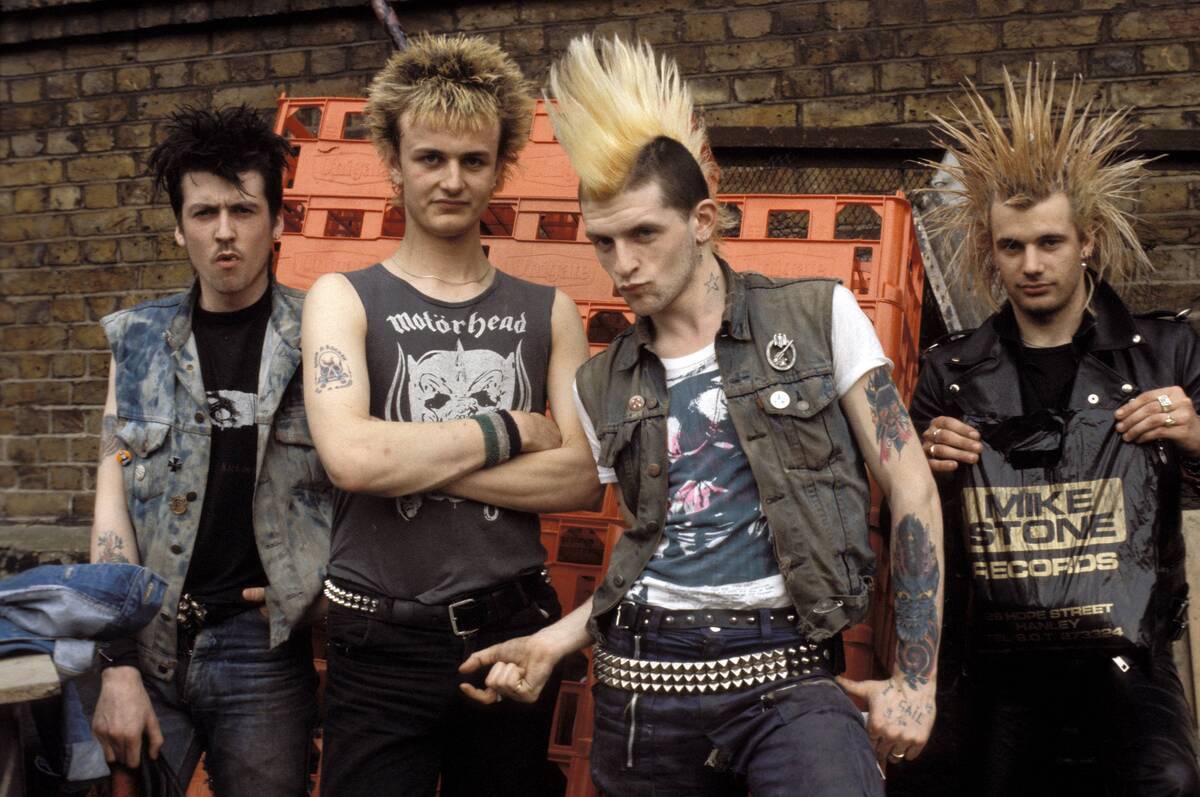
A rebellious response to the excesses of mainstream society, punk culture was ascendant in the late 1970s, fuelled in no small part by bands like the The Sex Pistols, The Ramones, and The Clash.
Much of the punk ethos was dependent on a do-it-yourself mindset that also embraced street art, zines, and alternative lifestyles.
McDonald’s was ubiquitous.
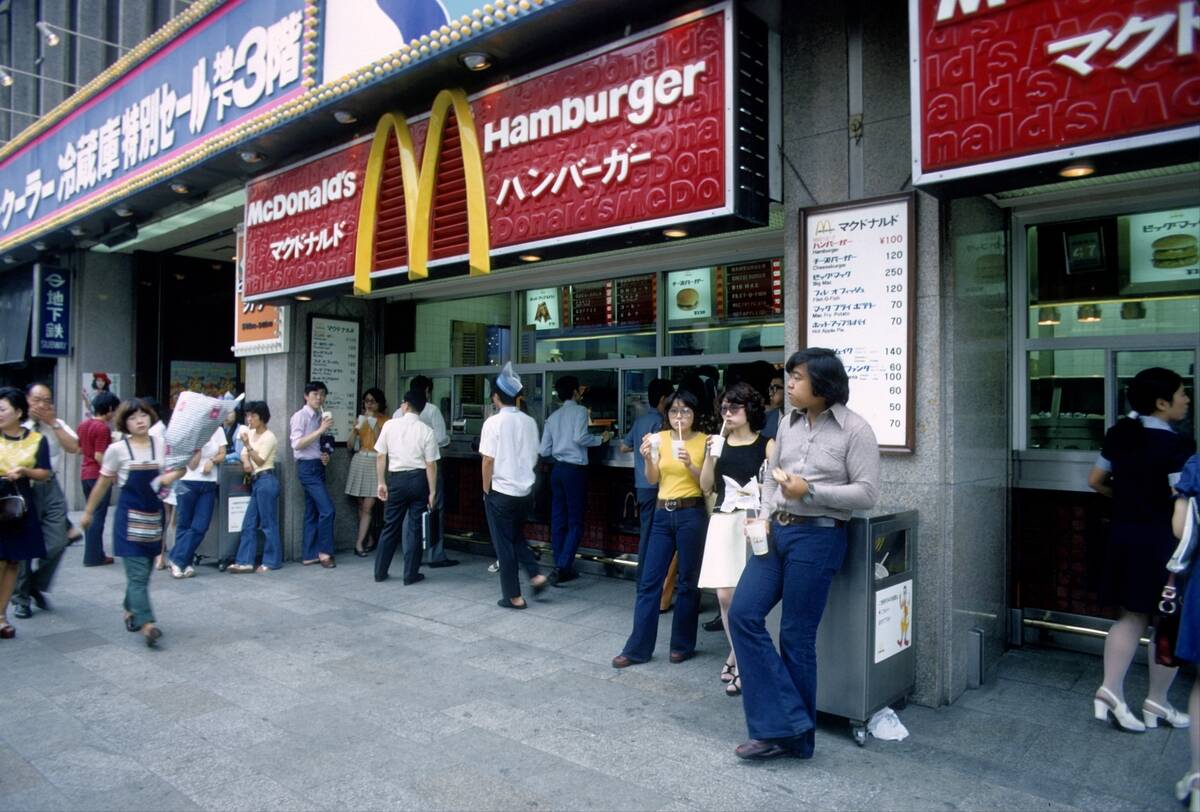
While McDonald’s had existed in some form or another for decades by the 1970s, it’s safe to say that the ’70s was the decade in which the hamburger giant truly became a dominant global force.
This photo shows that McDonald’s had not only settled on its iconic red-and-yellow golden arches branding by the 1970s, but also that it had established a global footprint by opening restaurants in Tokyo.
Bell bottoms and jumpsuits were in.
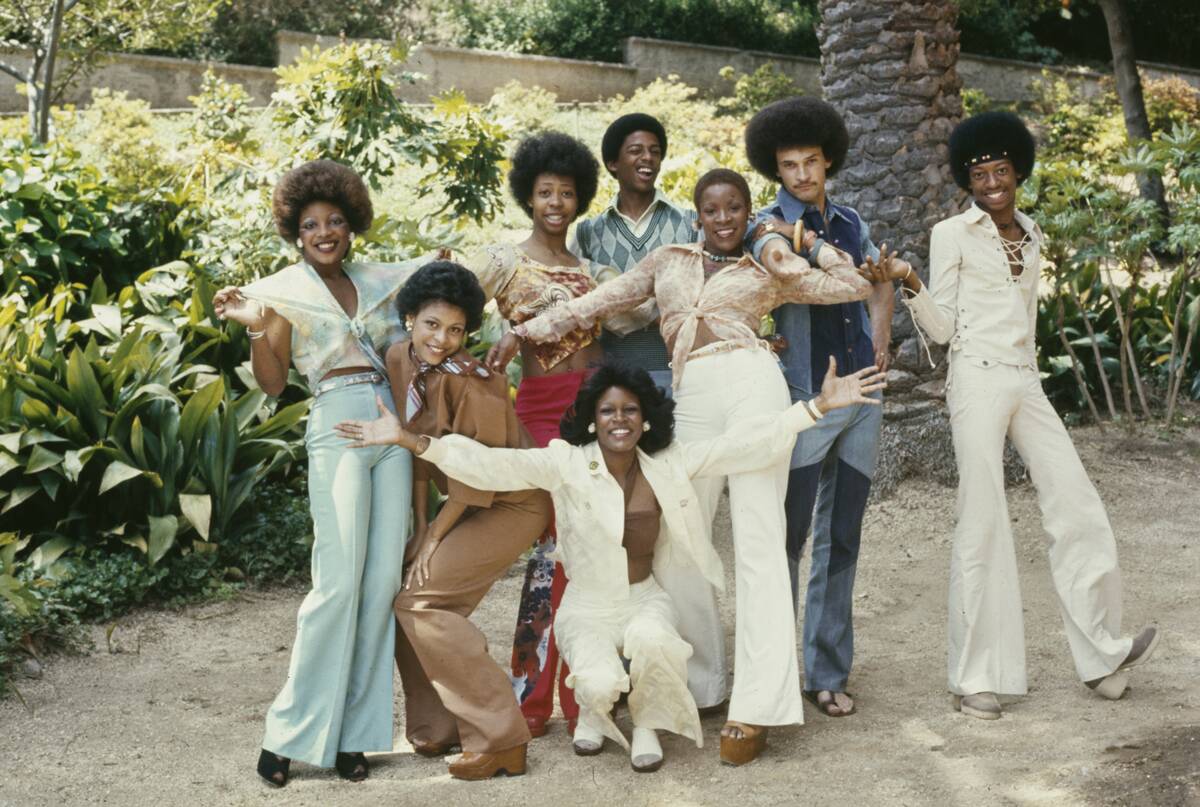
The disco aesthetic went hand-in-hand with leisurewear, with the two looks both favoring bell bottoms, flowing designs, and casual takes on formalwear.
This photoshoot for Right On! magazine, showing a group of dancers for the TV show Soul Train, embodies the fashions of the era.
A Device That Likely Seemed Fairly New At The Time

Anyone who worked at a lab in the ’70s had used their share of microscopes on the way to attaining their careers, but it’s unlikely that they would have quite looked like the one this woman is looking through. That’s because this is a scanning electron microscope.
Technically the concept had been around for decades by the time this photo was taken but no electron microscopes of this kind were made commercially available until 1965. Depending on when in the ’70s this was taken, it would have been considered pretty new technology.
He Was Still A Hotshot Young Filmmaker At The Time
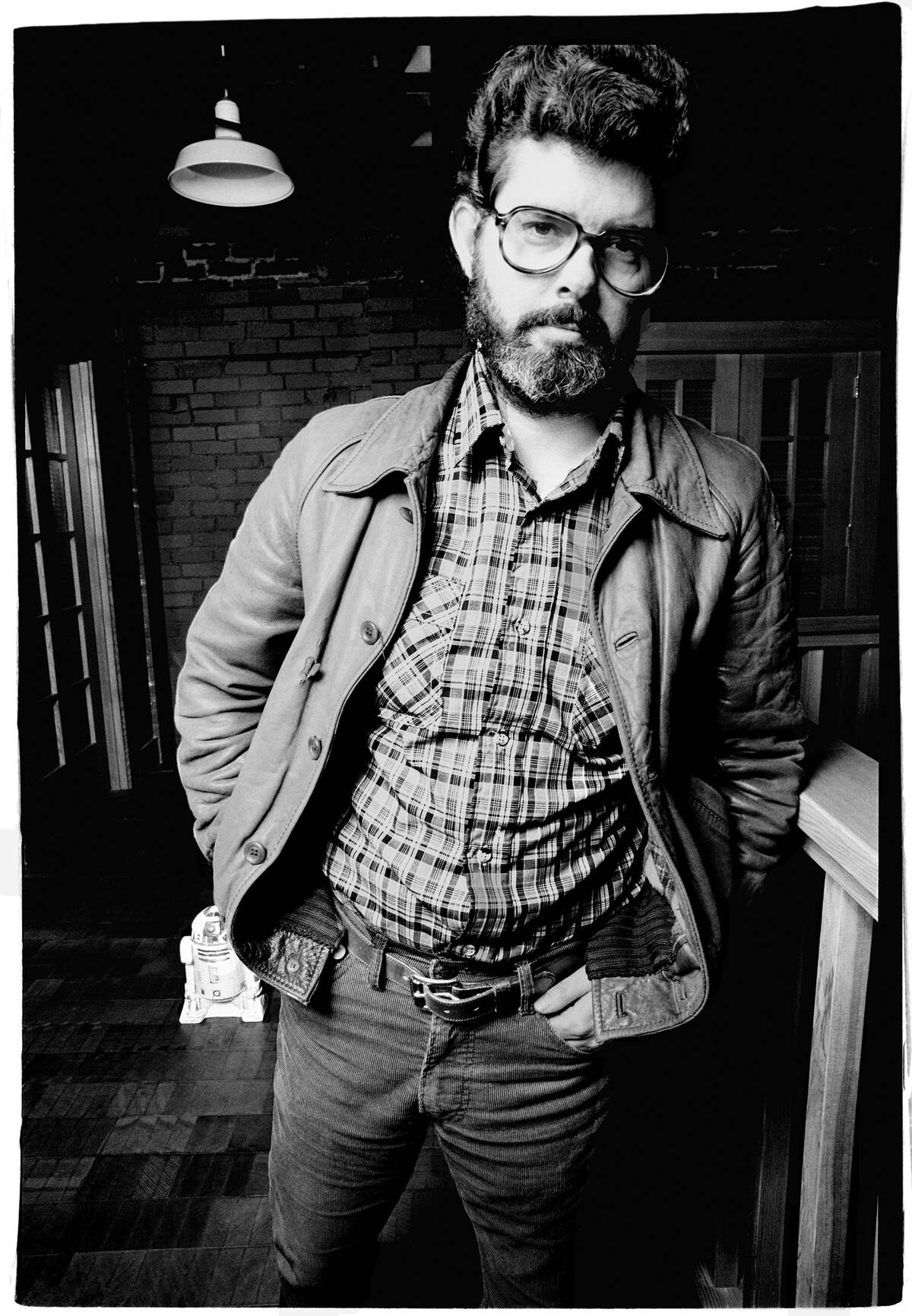
Considering how many decades it’s been since he looked like this, it’s probably a little hard to recognize this as a photo of George Lucas. Yet, while he’s understood as the mastermind behind the sci-fi juggernaut that is Star Wars nowadays, Lucas had only recently rocketed into the international spotlight when this photo was taken in 1979.
By that point, Lucas had only directed the obscure sci-fi film THX 1138 and the nostalgic early ’60s period piece American Graffiti before the movie that put him on the map, which means that there wasn’t an original trilogy to derive his true legacy from yet. Since The Empire Strikes Back wouldn’t be released until 1980, Star Wars was just one movie at the time.
Carlton Fisk hit a memorable home run.
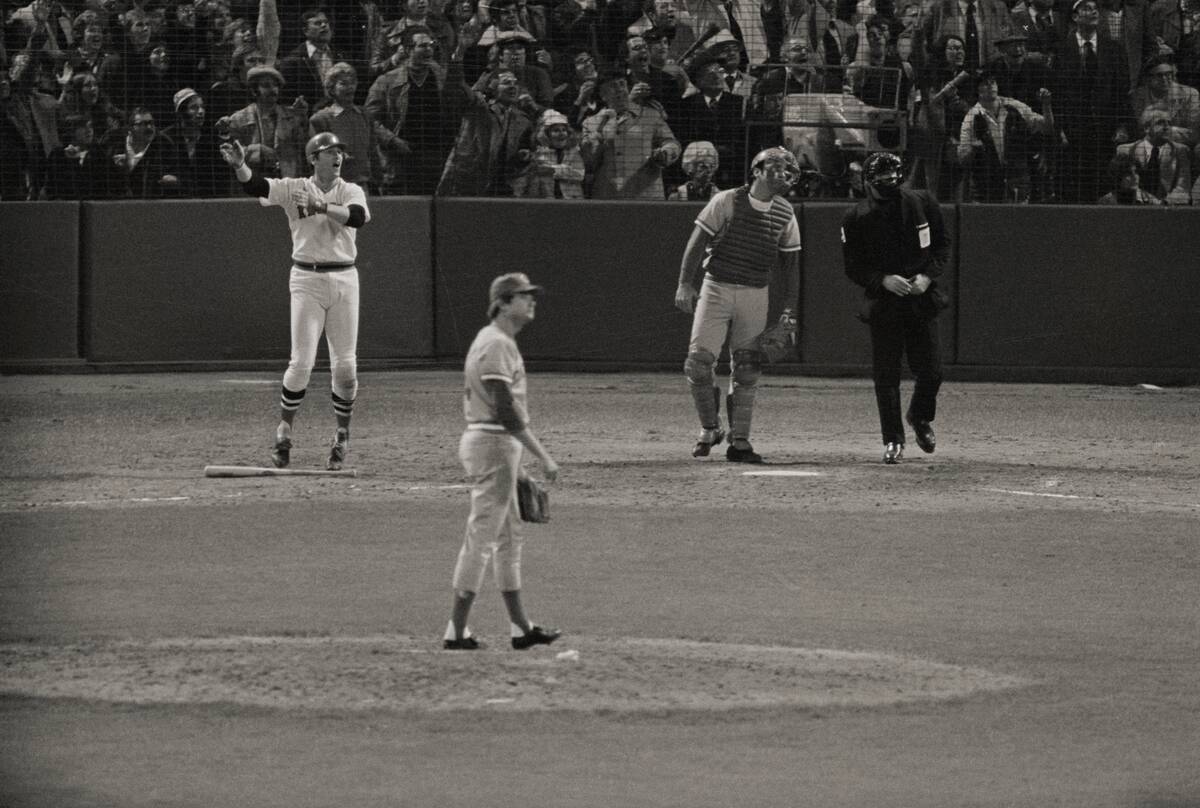
The 1975 World Series is regarded as a classic, with the “Big Red Machine” Cincinnati Reds narrowly beating the Boston Red Sox in seven games to win baseball’s biggest prize.
In order to get to seven games, though, the Red Sox had to win game six first. They did this in dramatic fashion on a 12th inning home run by catcher Carlton Fisk, one in which he famously used body language to coax the ball into staying fair.
Then, as now, it was important to vote.

The tumultuous geopolitics of the 1960s continued into the ’70s, and the rise of mass media ensured that the populace was more aware of these events than ever before.
The passage of the 26th Amendment in 1971 lowered the U.S. voting age from 21 to 18, giving younger Americans a voice in the electoral process.
Shopping malls grew in popularity.
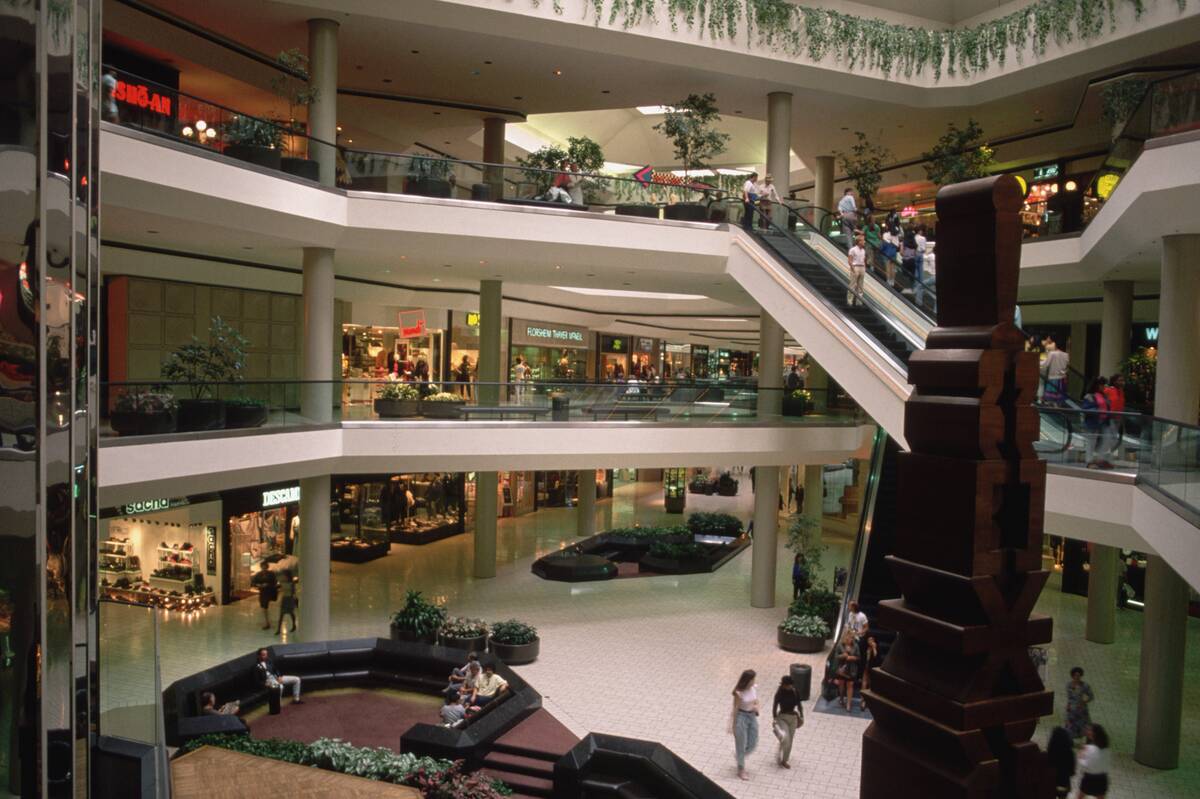
While modern shopping malls had existed for years by the 1970s, this was the decade where they became ubiquitous.
The rise of shopping malls made them social and retail hubs, especially in suburban communities, a status they would enjoy until the early 2000s or so.
Music festivals became more commonplace.
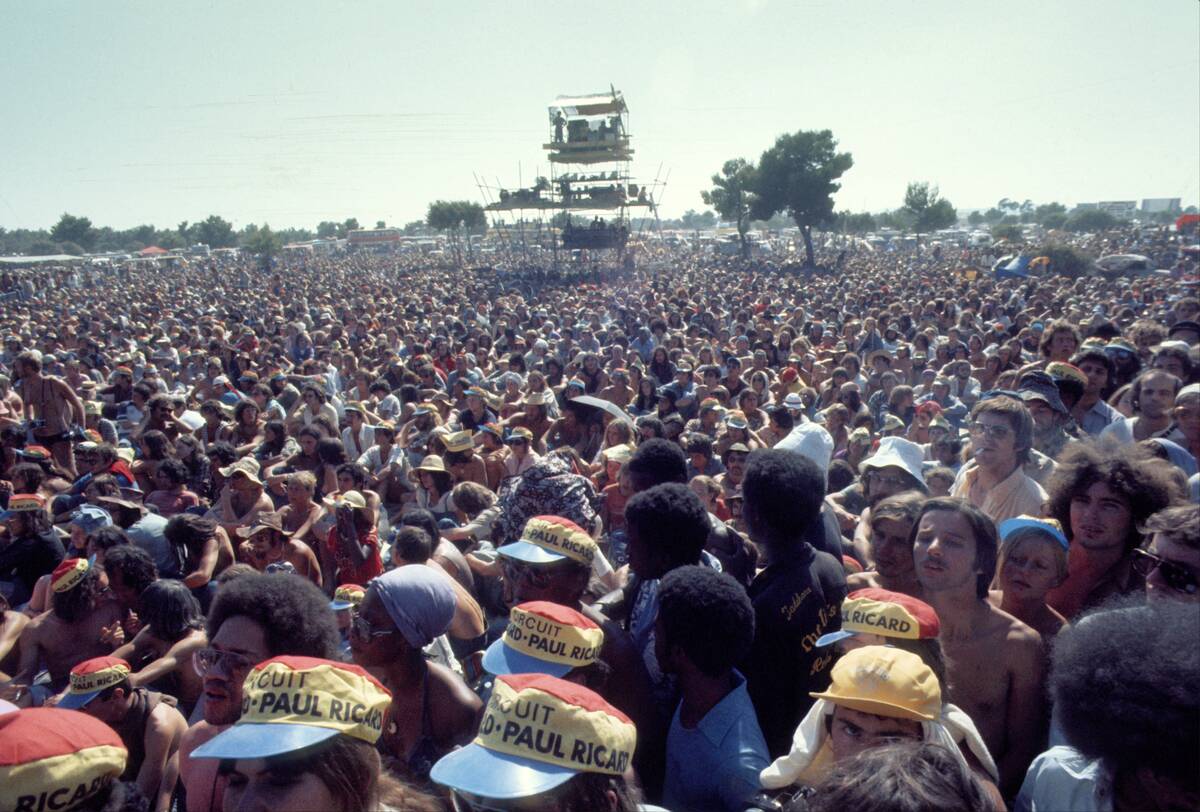
While 1969’s Woodstock music festival is sometimes pessimistically viewed as the end of the ’60s or the end of the hippie movement, it also marked the beginning of the modern music festival.
This image of a massive crowd at the Riviera ’76 music festival in Le Castellet, France shows that the template that Woodstock helped to establish was flourishing by the 1970s.
Nashville was a country music hub.
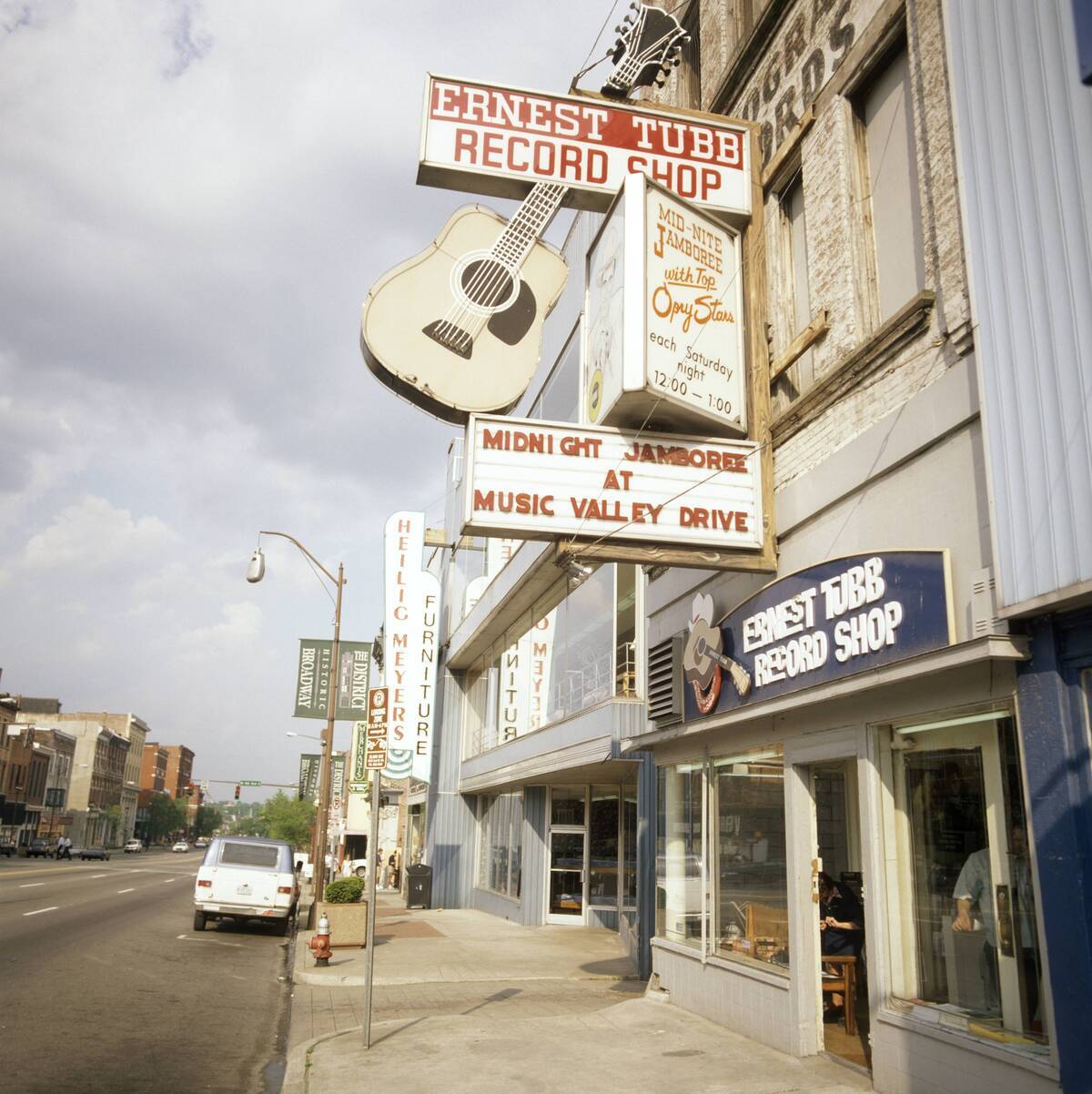
Nashville in the 1970s looks like a sleepy town, at least compared to today, but it was still a bustling and dynamic hub for the country music genre.
Venues like the Grand Ole Opry and Ryman Auditorium, along with iconic performers like Johnny Cash and Dolly Parton, helped establish Nashville’s reputation as the “Music City.”
Arcades were a new trend.

Home-based video games were still largely experimental and not widespread in the ’70s, but arcade-based video games became a massive cultural craze.
Beginning with Pong in 1972 and continuing through the release of Space Invaders and Asteroids, these coin-operated machines gobbled up quarters at a record pace.
Roller disco went mainstream.
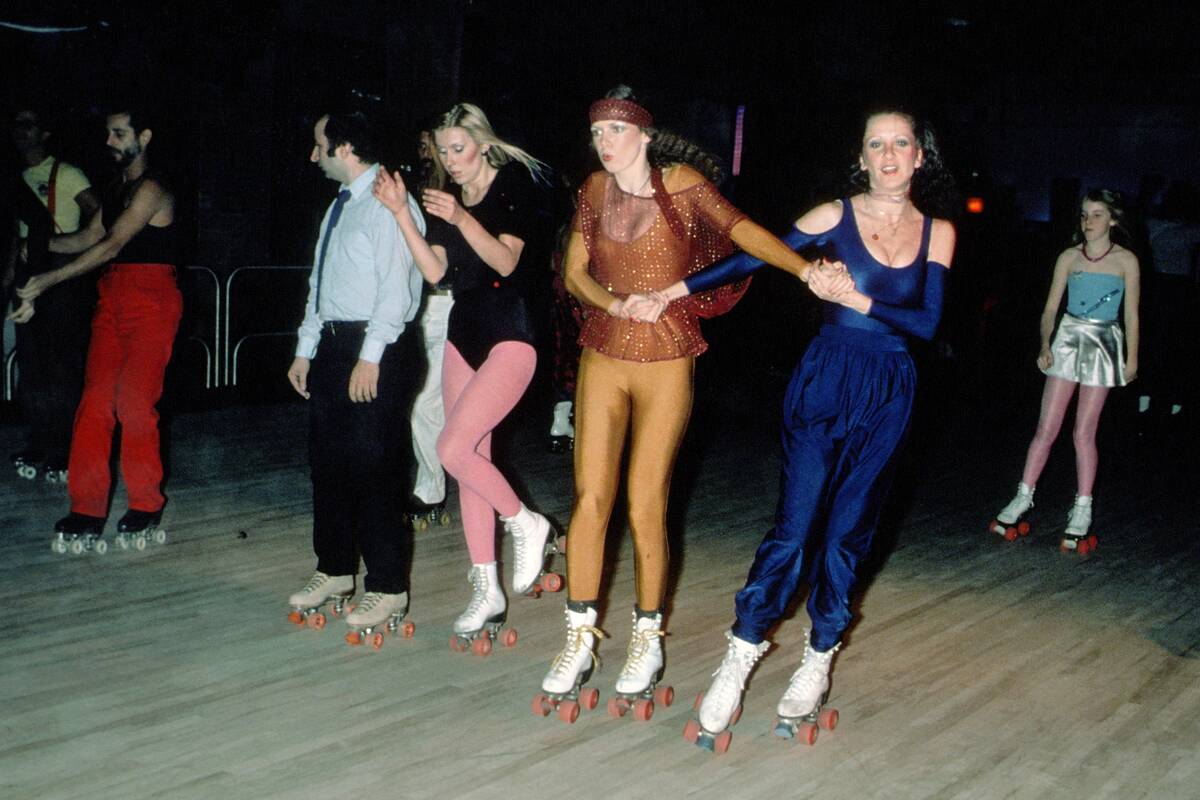
Roller disco, as its name suggests, combined the popularity of roller skating with the disco craze of the 1970s — and late in the decade, it became a cultural phenomenon.
This subculture sprang up in urban centers like Los Angeles and New York (this picture was taken at New York’s Roxy Roller Disco). Of course, the decline of disco also led to the decline of this short-lived but vibrant trend.
Anyone who was anyone went to Studio 54.
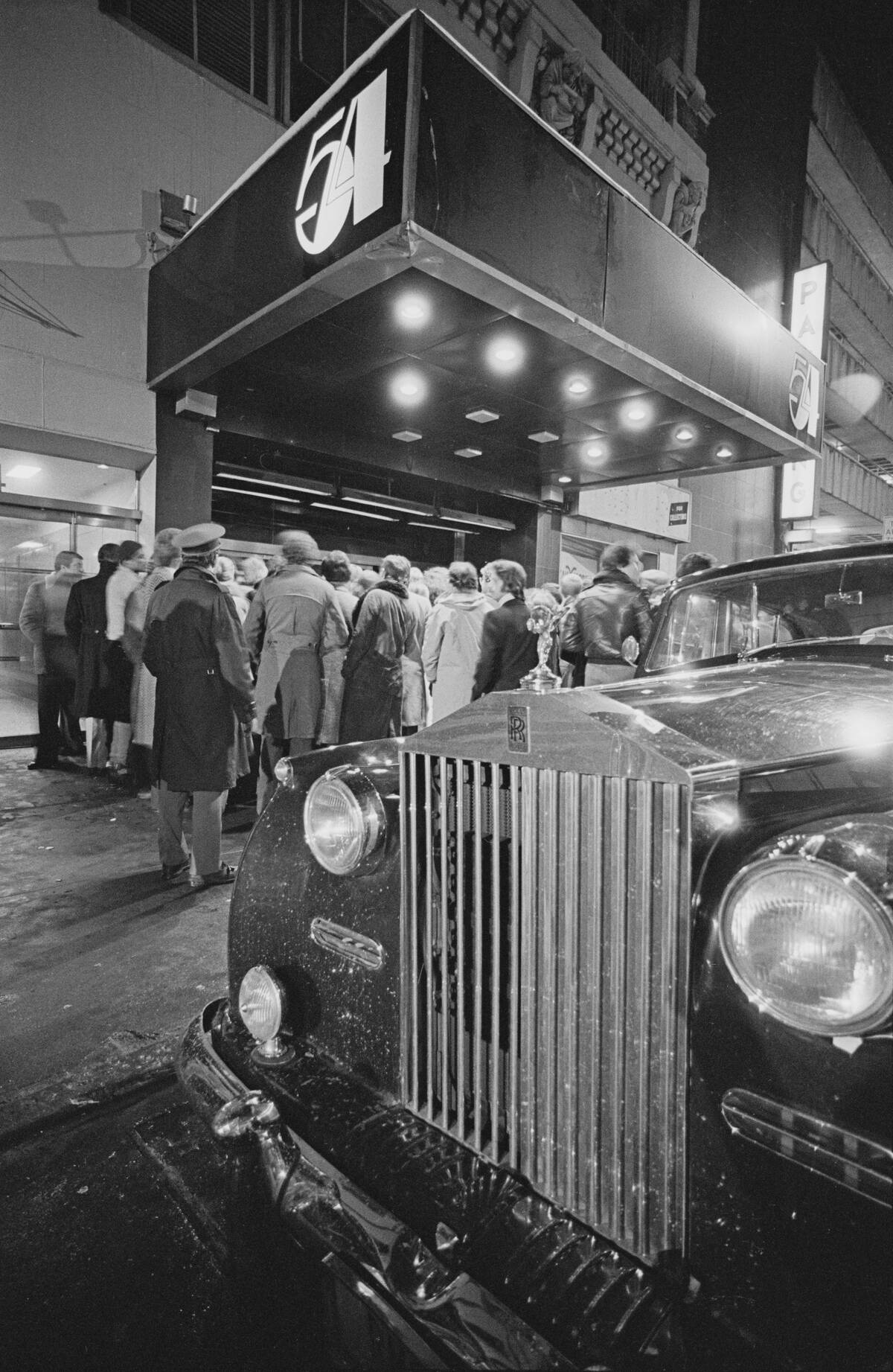
New York’s legendary Studio 54 nightclub didn’t open its doors until 1977, but it still became synonymous with the glamorous, often hedonistic, excesses of the decade.
Studio 54 was a great place for celebrity-watching and was known for its extravagant parties, innovative lighting, and fast-paced party lifestyle.
The west coast had its own icons.
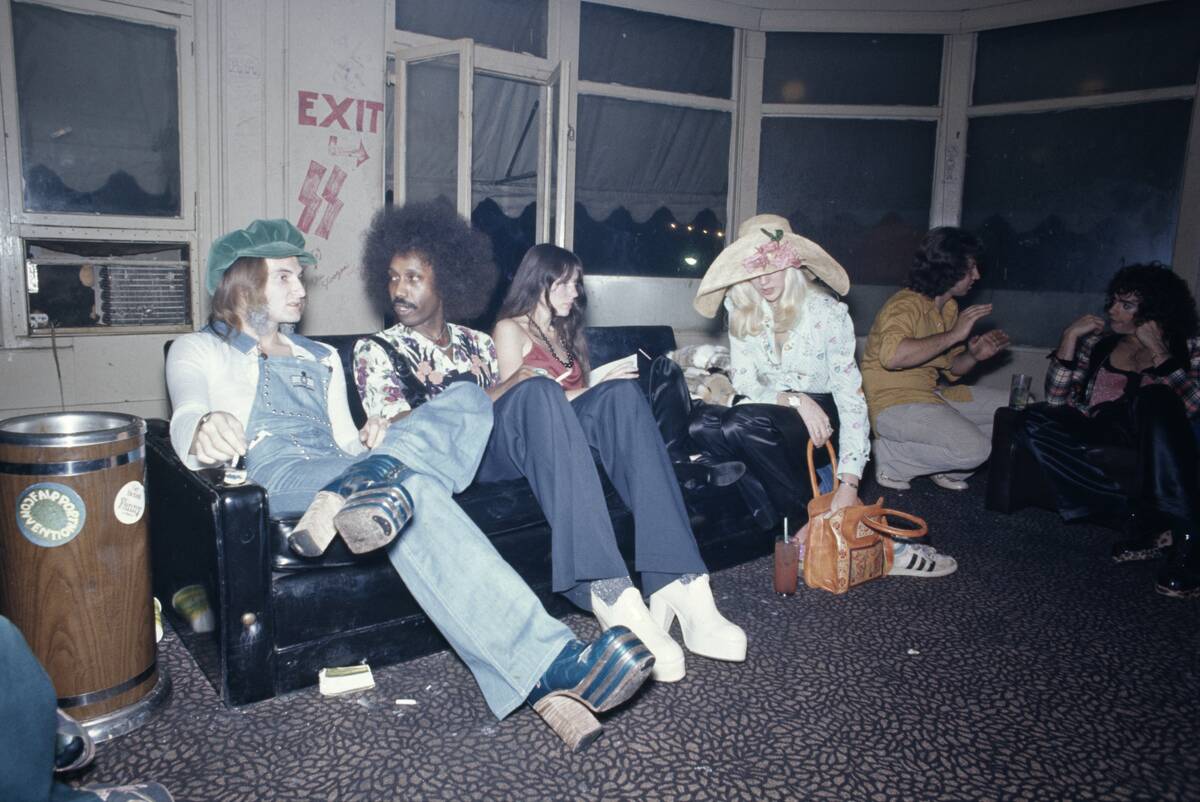
These clubbers are enjoying a quiet moment backstage at the Whisky a Go Go, a nightclub once located along the Sunset Strip in Los Angeles.
The Whisky was a massively influential launching pad for some of the biggest rock acts of the era, including Led Zeppelin and The Ramones.
The ice cream man was a neighborhood staple.

Ice cream trucks still exist today, of course, but it seems like they were more common in the past, with many people feeling nostalgic for the jingling ditties that ice cream trucks would play to announce their presence.
This 1970 photo shows a Good Humor ice cream truck in suburban Queens, New York in an image that’s downright timeless.
Schools were undergoing change.
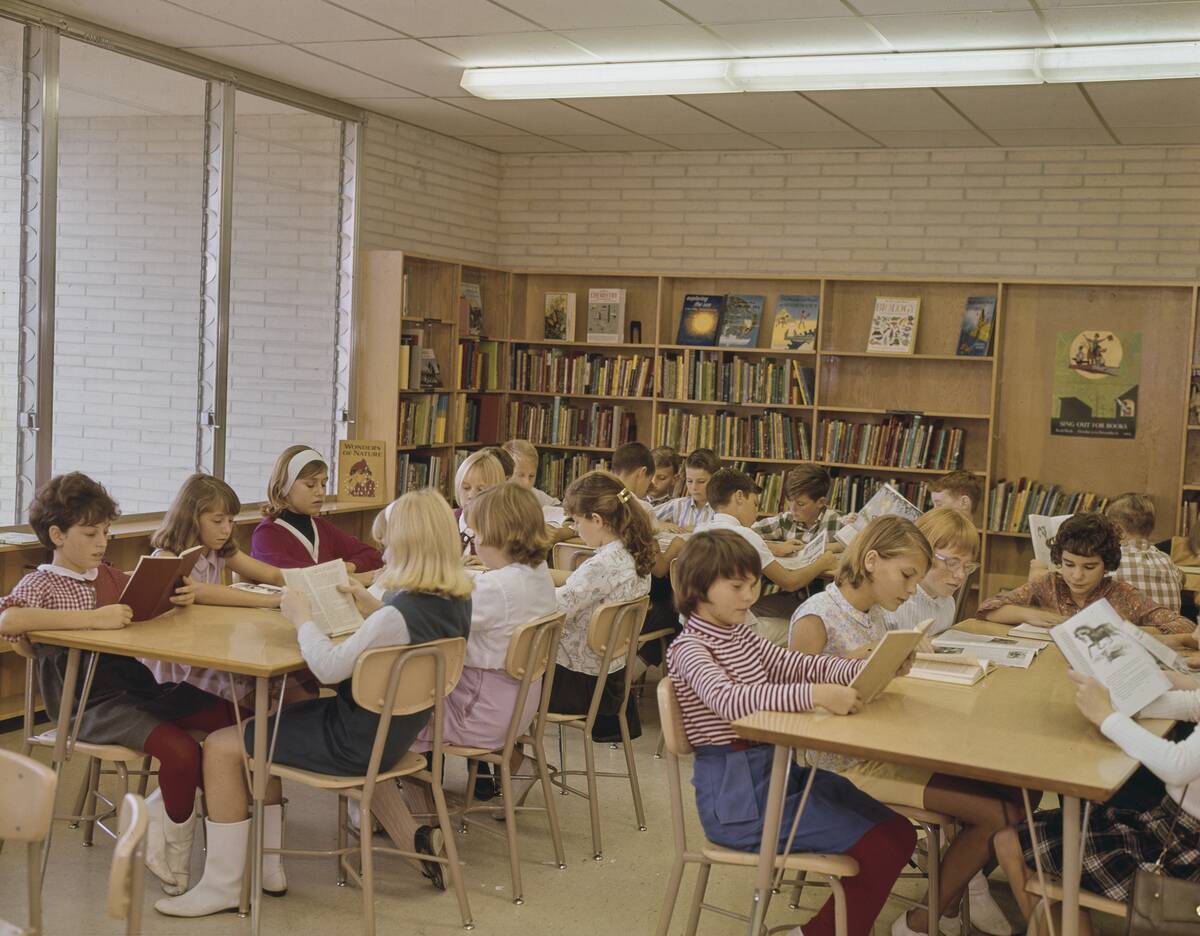
Teaching methods shifted considerably in the 1970s, with a move toward more progressive teaching methods and a focus on individual learning styles.
Outside the classroom, student activism in response to events like the Vietnam War and civil rights became a growing trend.
Here’s how the other half lived.
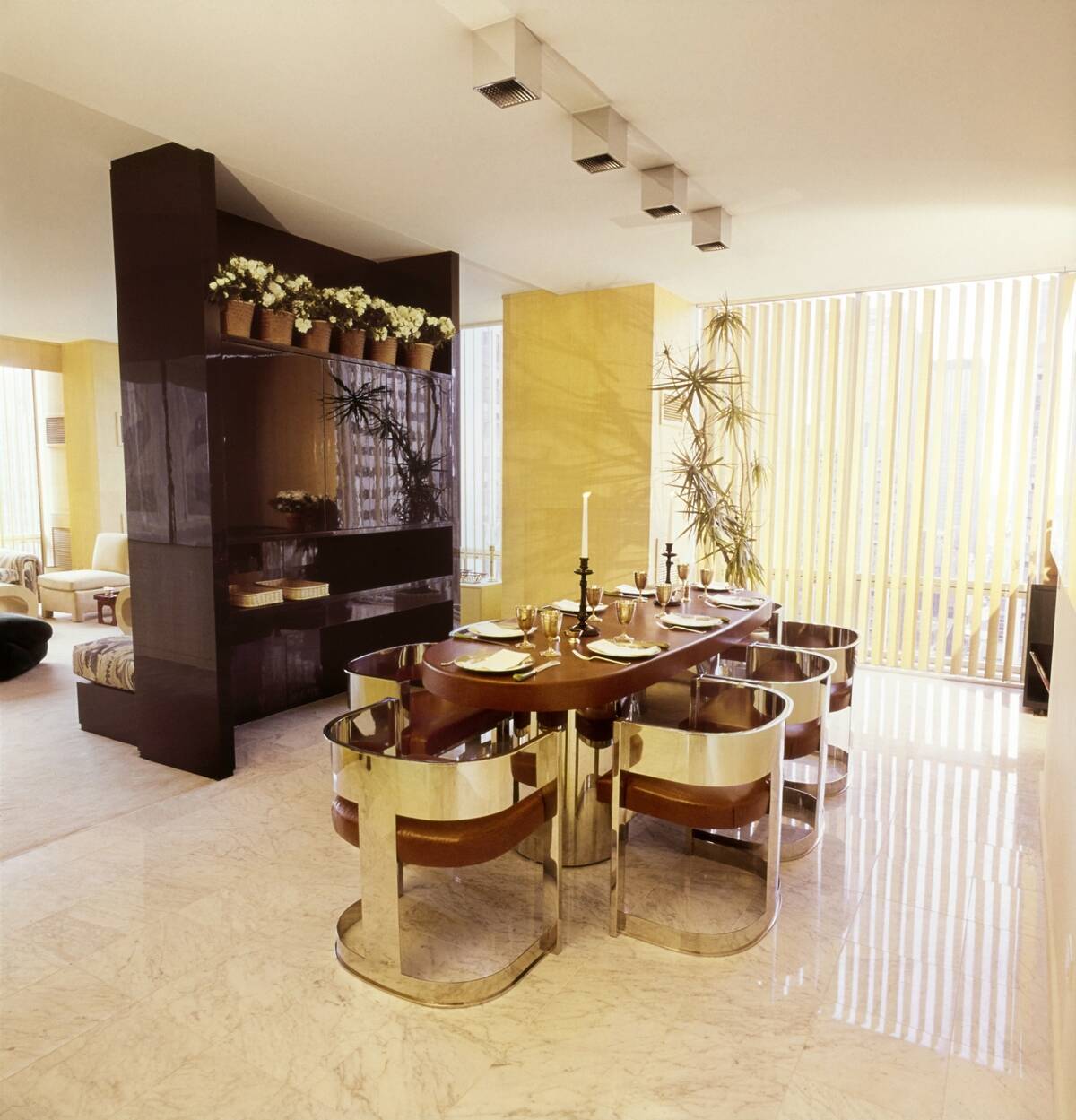
This 1976 photo showing a brand-new luxury apartment in New York’s Olympic Tower shows the epitome of city living in the decade.
The apartment featured floor-to-ceiling windows, wood paneling, and mirrored walls — all style trends that were markers of luxury during the ’70s.
Many people were struggling.
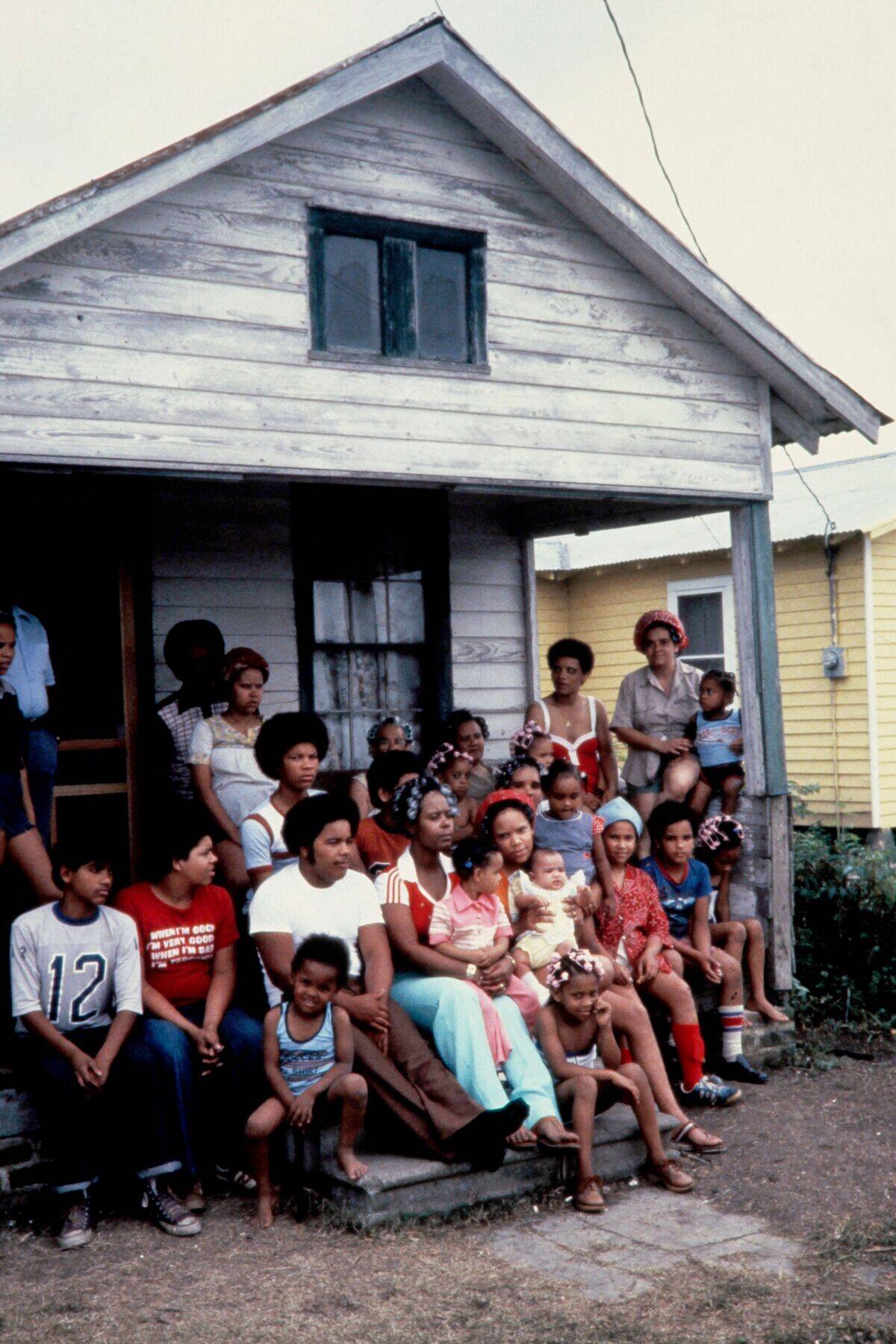
This photo showing a large family in Louisiana emphasizes the divide between rich and poor in the 1970s, particularly in the South.
Because of agricultural stagnation, many of these communities experienced high unemployment rates. Some southern cities experienced growth due to industrialization, but others were largely impoverished.
There’s always time for romance.
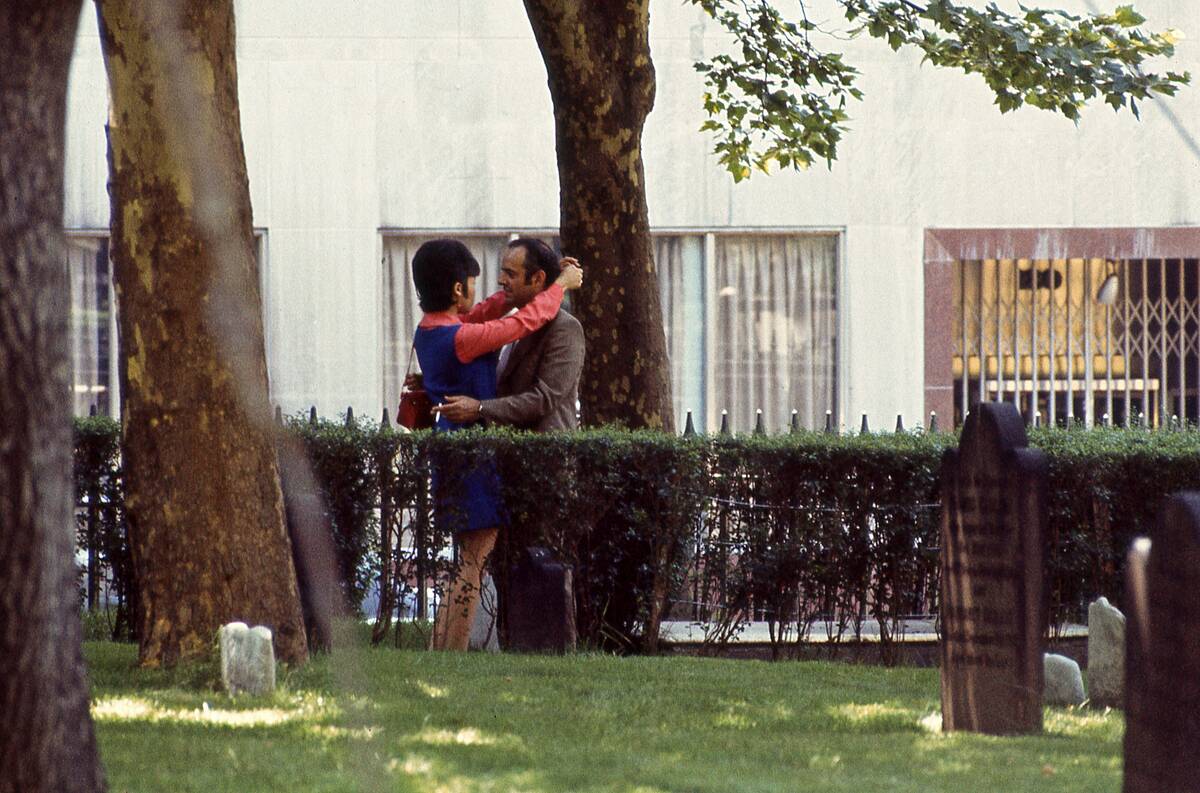
There’s something undeniably relatable about seeing a candid picture of a young couple embracing, as it shows the timeless spirit of the human condition.
This photo was taken on a picturesque day in May of 1970, and shows an unidentified couple embracing on the sidewalk next to St. Paul’s Chapel cemetery in Manhattan.
California’s laid-back culture was an ethos.
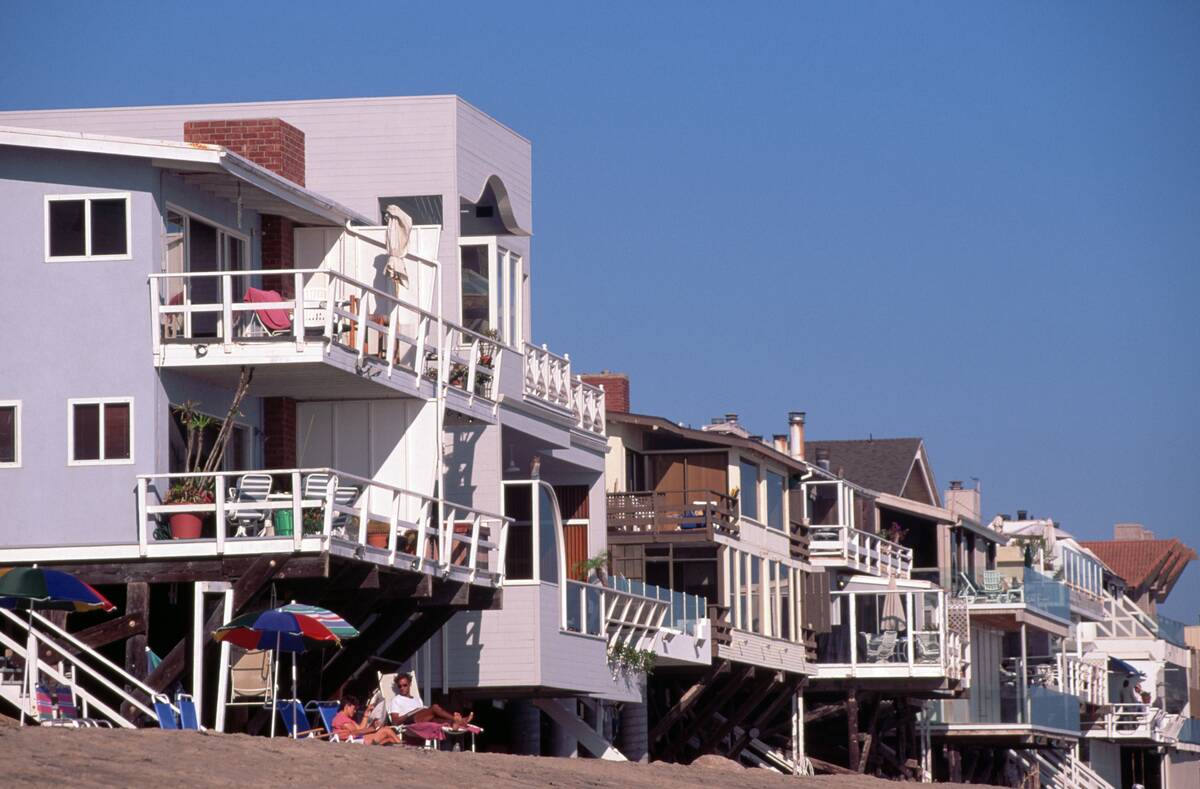
This image shows Malibu’s beachfront homes in the 1970s, in a scene that doesn’t look much different from what you’d see in the present day.
Then, as now, California was a destination for its gorgeous weather, laid-back vibes, counterculture, and celebrity allure.
New York experienced a catastrophic blackout.

The blackout on July 13th and 14th of 1977 left much of New York in darkness for 25 hours.
Initially caused by a lightning strike, the blackout had far-reaching effects including looting, arson, and vandalism. It was a flashpoint for the city’s growing economic and social problems.
Times Square still dazzled.
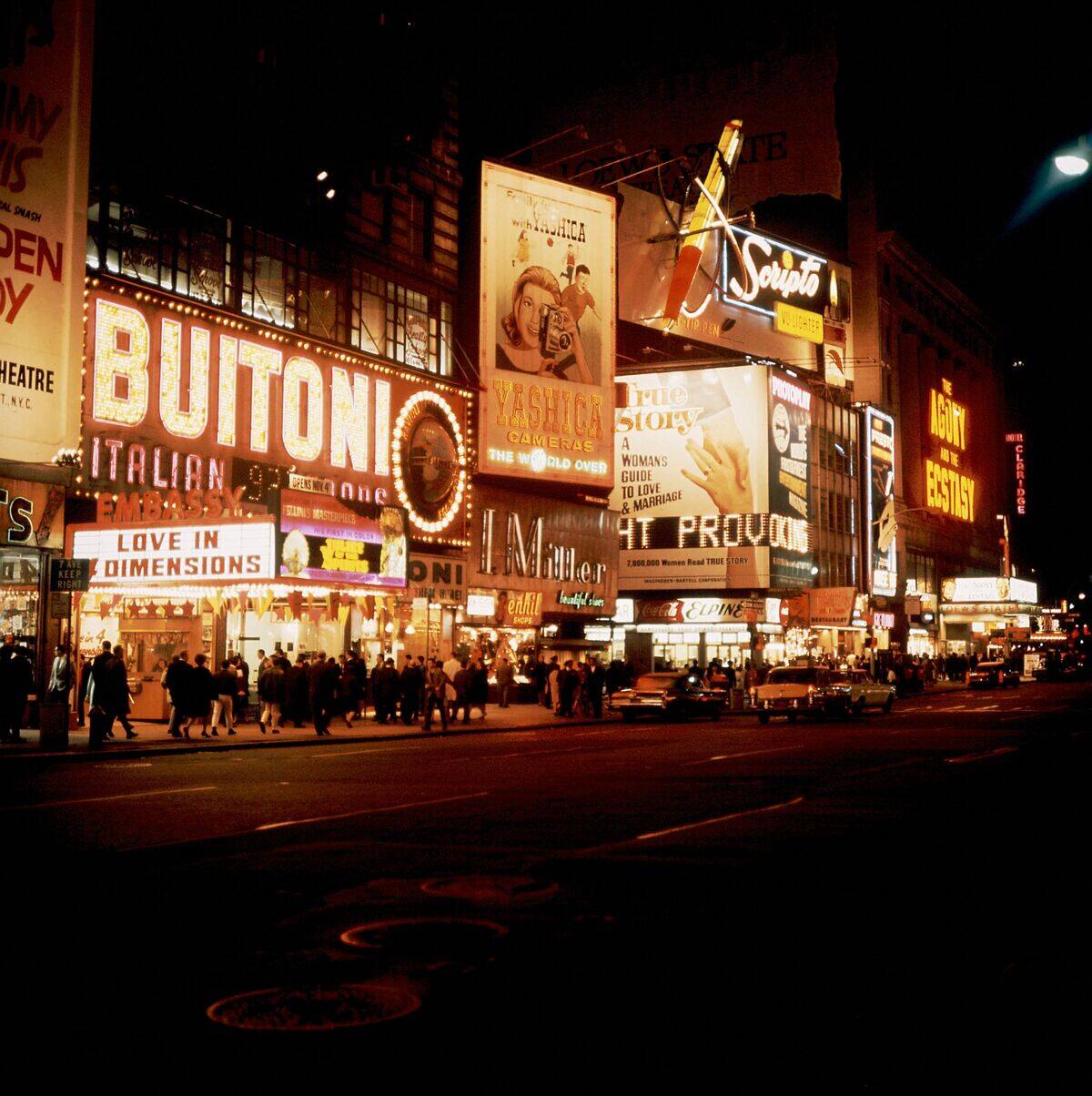
Times Square was a decidedly seedy place in the 1970s, with tourists more likely to encourage taboo theaters and grifters than family-friendly entertainment.
While it was a very different place than it is today, many of its trappings —including massive, brightly-lit advertisements — are recognizable today.
